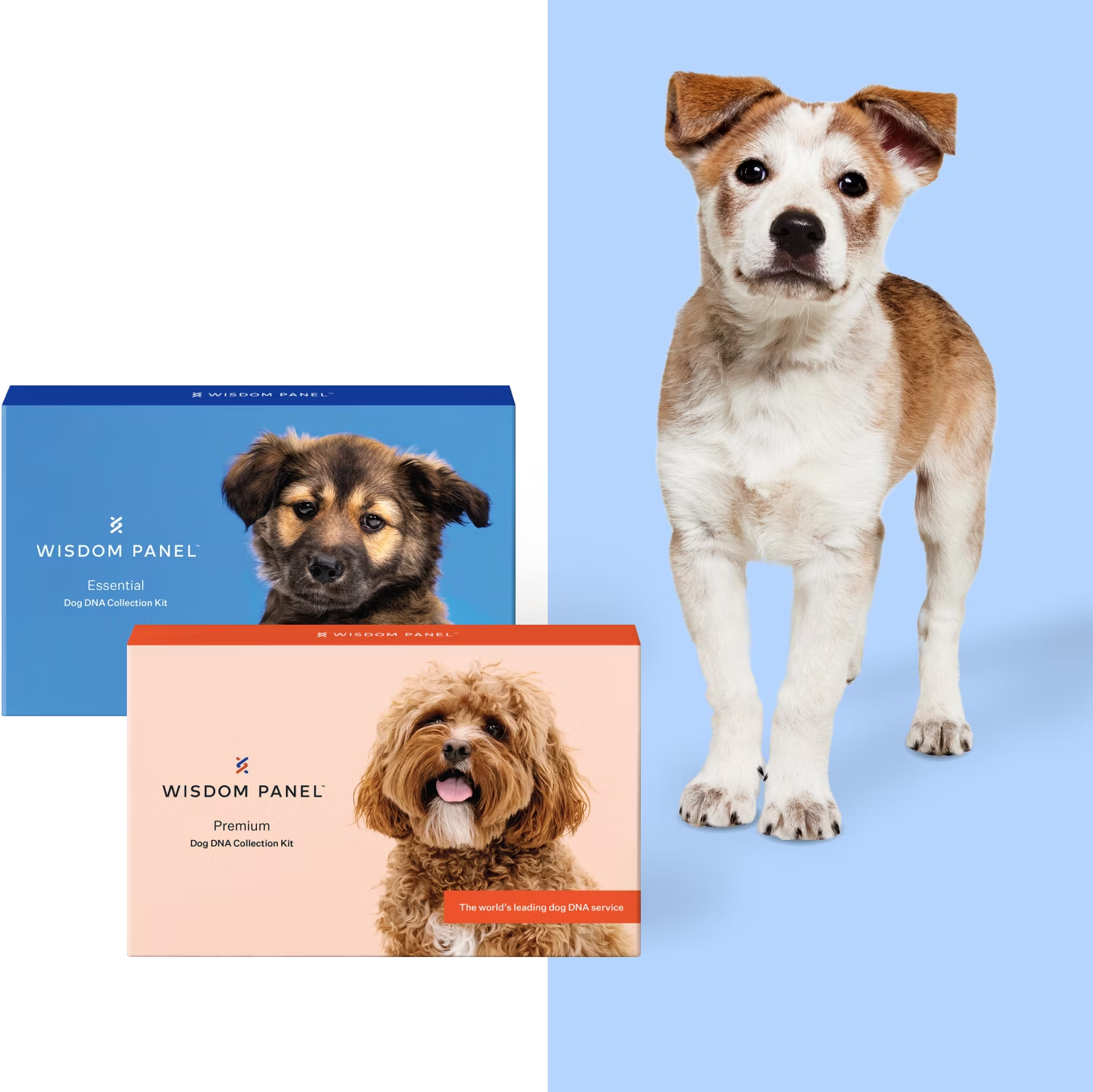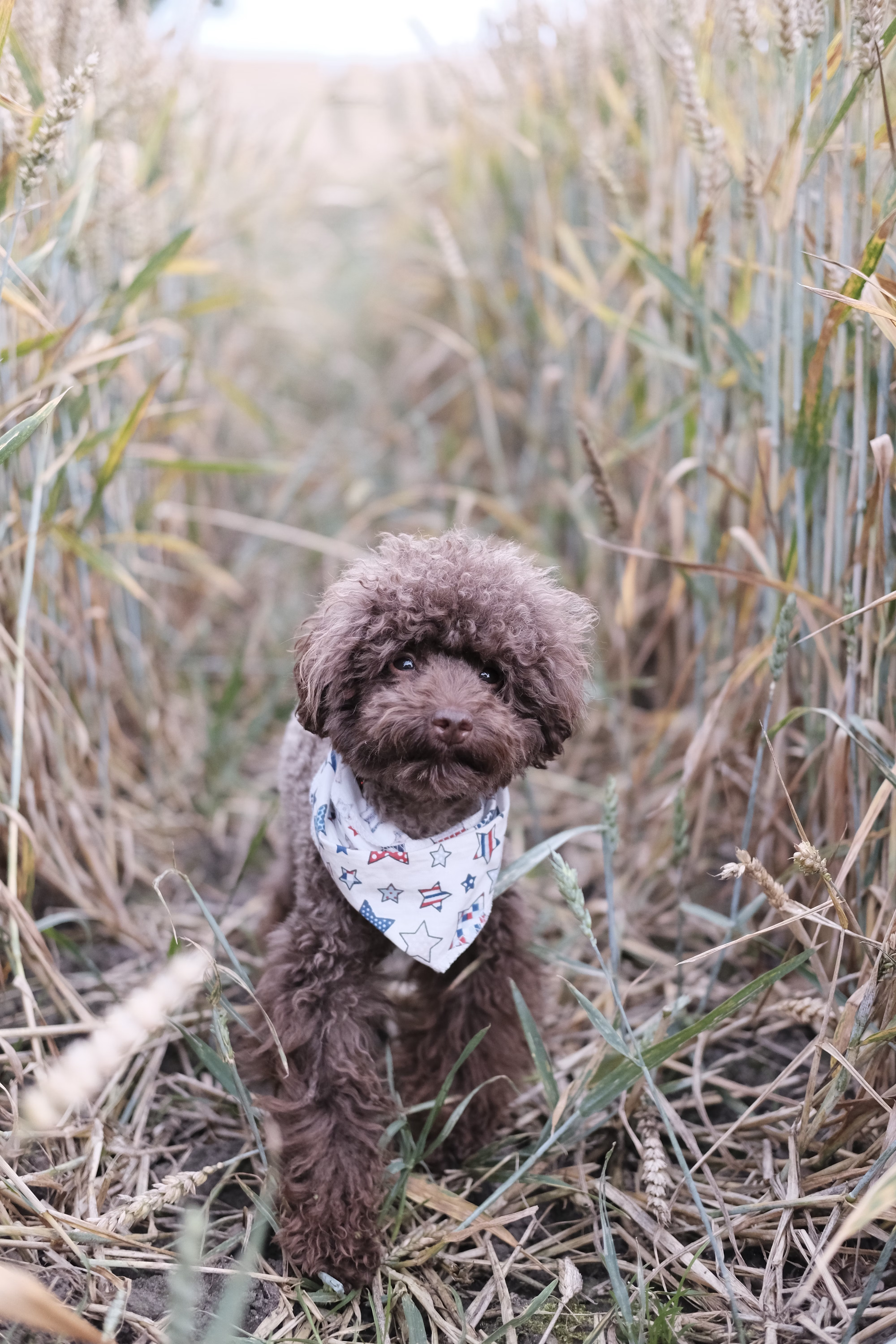The breakthrough tech your pet deserves.
Did you know that, genetically speaking, a Chihuahua and a Great Dane are 99% identical? Or that—due to the unpredictable nature of trait inheritance—a domestic shorthair cat could turn out looking totally pedigreed? So, how do we detect the difference? Our scientists have spent more than a decade developing a custom genotyping chip and an industry-leading breed detection system. All to make sure we get the most precise picture of your pet’s breed mix. Because they deserve the best.
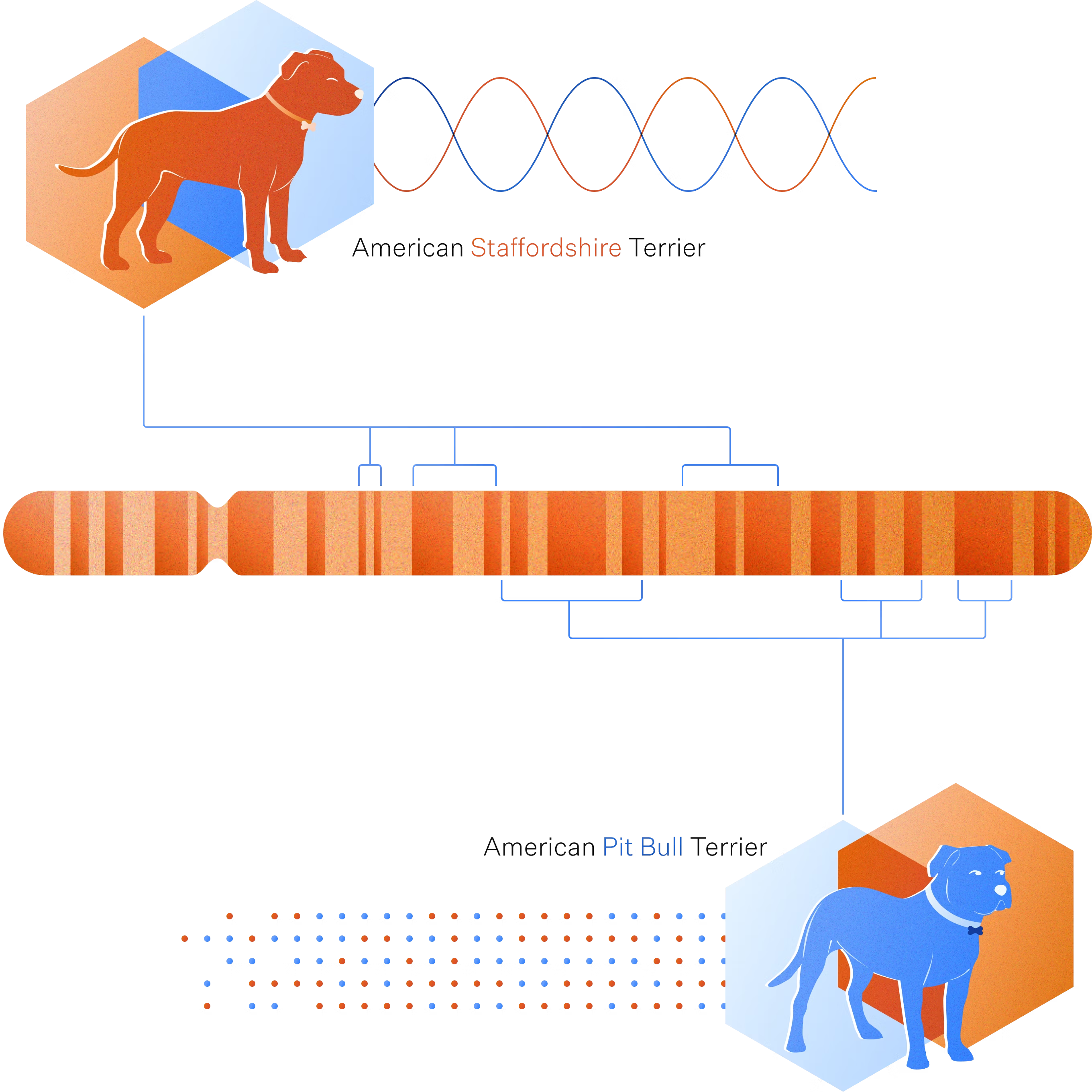
Fig 01:
With 40x greater genetic resolution, our dog breed detection system allows us to identify slight differences between even the most closely related breeds.
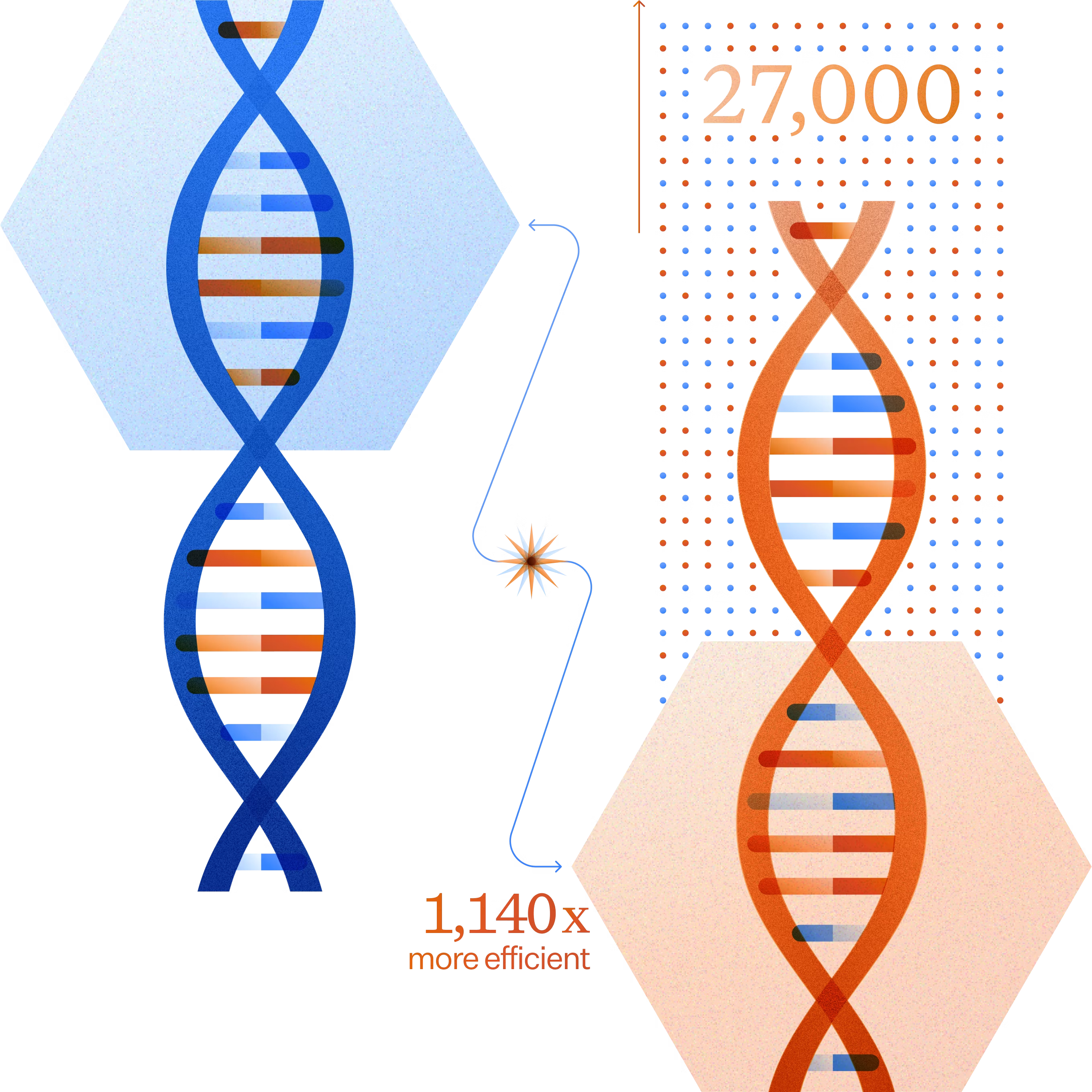
Fig 02:
To provide the most reliable results, we compare your pet's genome against the world's largest breed reference database (27,000+ samples from over 50 countries).
The biggest database for the best breed detection.
We have no business selling you DNA tests if we’re not going to be the best, most helpful option out there. So when we do test your pet’s DNA, we go deep. And we compare your pet’s sample to the world’s largest reference database for both dogs and cats. Our database lets us test your pet’s genetic code against millions of possible breed combinations and screen for over 365 dog and over 70 cat breeds and populations. With the world’s largest breed database, we’re able to give you the most accurate results. And as we continue to add data as a community, we can make more and more discoveries to help all petkind.
Science that’s only getting smarter.
You’ve seen us say it: we screen for more breeds than leading competitors and with more accuracy than any other pet DNA service. But, for us, that’s table stakes. We’re always working to improve the way we help care for your pets. Right now, our detection system is 1,140x more efficient than the industry standard. We process tens of thousands of samples in minutes. (Which we think is pretty cool.) And this process is fully scalable—meaning our tests will only get faster, more accurate, and more comprehensive. So there’s no limit to how many pets we can help or how many ways we can help them.
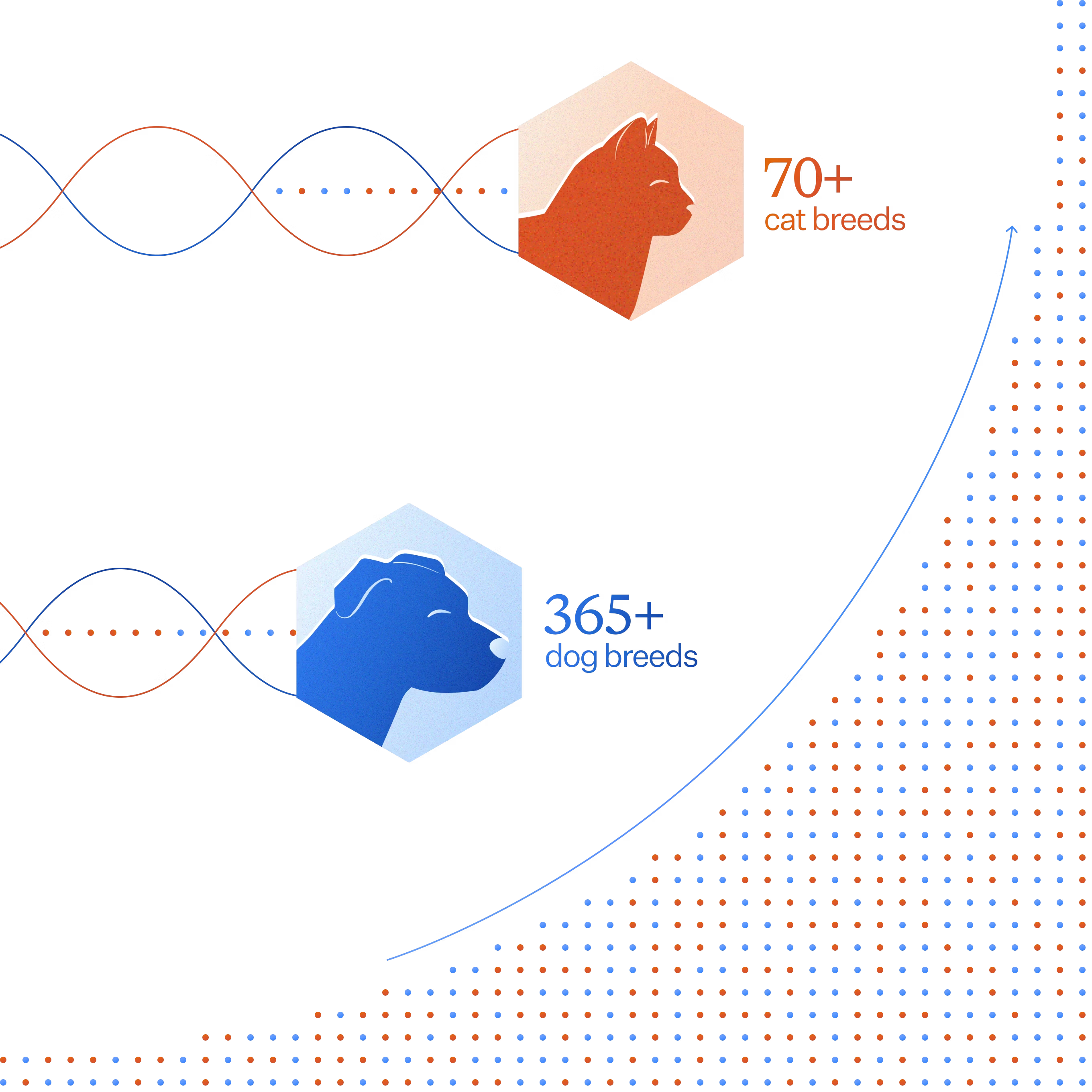
Fig 03:
After 20+ years of research and development, we've made technical advancements that improve our accuracy and speed while minimizing costs for you.
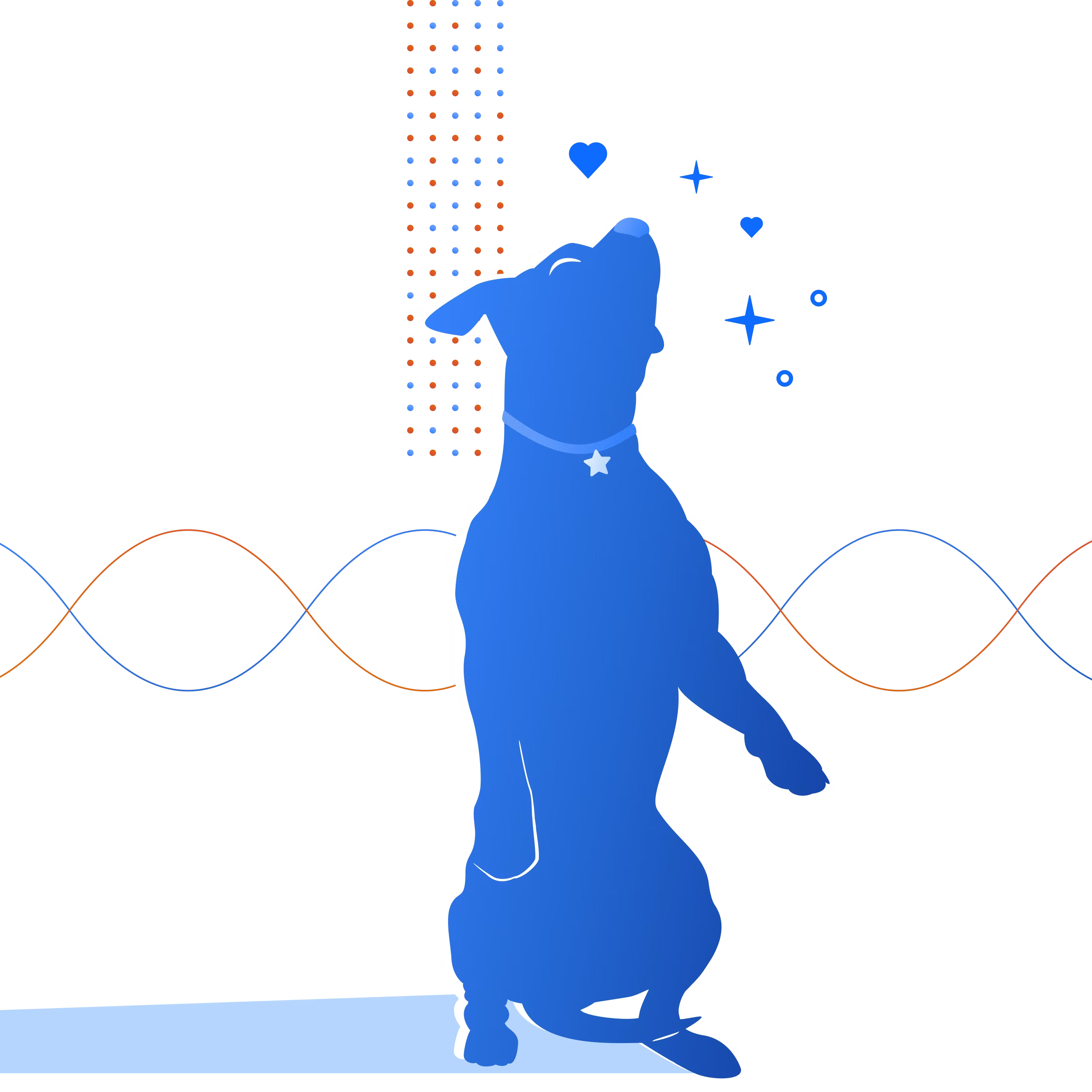
Fig 04:
In a first-of-its-kind product feature, Wisdom Panel's behavior insights are powered by statistical models that rely on hundreds of informative genetic variants and breed ancestry proportions for each behavior.
Pioneering behavior insights that empower pet parents.
For the first time ever, pet parents can see the genetic links that drive their dog’s individual tendencies and behavioral predispositions. And that’s a big deal, because when you understand the "why" behind your pup’s personality and quirks, you can tailor their training and care to their unique needs. Our team of scientists analyzed our DNA database of over 4.5 million pets and layered in data from 1.5 million veterinary medical records and more than 200,000 survey responses from our pet parent community to uncover the genetic underpinnings of 15 behavioral traits. In order to deliver the accuracy you’ve come to expect from Wisdom Panel, we developed complex statistical models that leverage hundreds of genetic variants and breed ancestry proportions for each behavior included in our tests. The result? Unprecedented insights that give you a deeper understanding of your dog and strengthen the special bond you share.
Not your average lab.
You’ve probably heard of human-grade pet food or dog shampoo. But what we’ve got is a human-grade lab. (CLIA-certified in fact.) So, we’re not messing around with your dog’s genetic sample. We’re using the best-quality equipment available. We work with Neogen Genomics. They’re genetic pros with more pet DNA experience than any other lab, receiving more than 1.5 million samples every year. (And, in case you’re into acronyms, along with being CLIA-certified, our US lab is AAHA-compliant, ISO 17025-certified, and accredited by both A2LA and the USDA.)

Fig 05:
Our rigorous quality control standards are comparable to those that human genetics testing companies use.
Research and development team
Meet our experts—including scientists who contributed to the dog and cat genome projects.

Rebecca Chodroff Foran, PhD
Senior Director, R&D

Oliver Forman, PhD
Genetic Research Director

Jason Huff, PhD
Senior Scientist, Computational Biology

Dan Garrigan, PhD
Senior Scientist, Population Genetics

Michelle Daya, PhD
Senior Scientist, Statistical Genetics
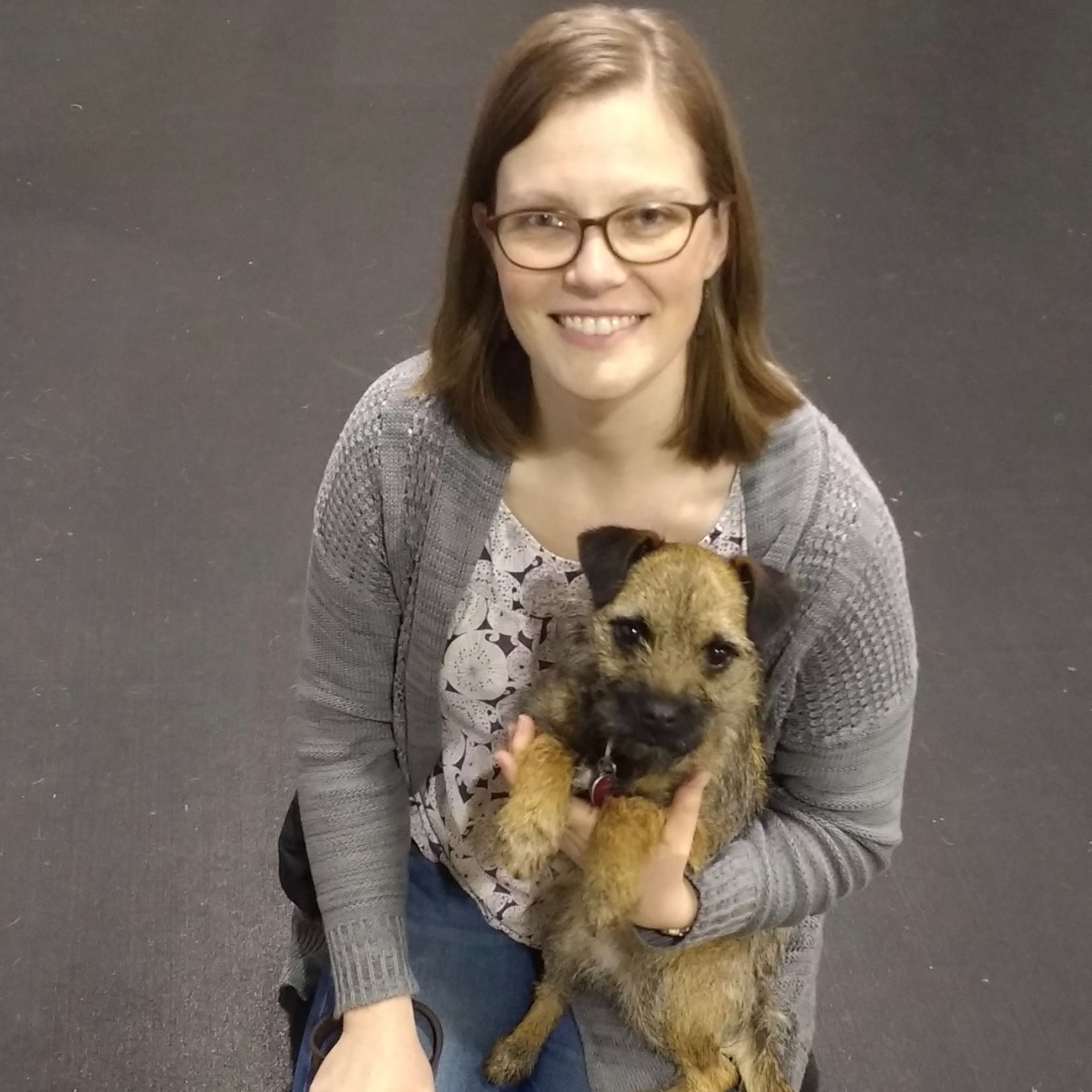
Casey Knox, DVM
Global PRO Scientific Support Manager
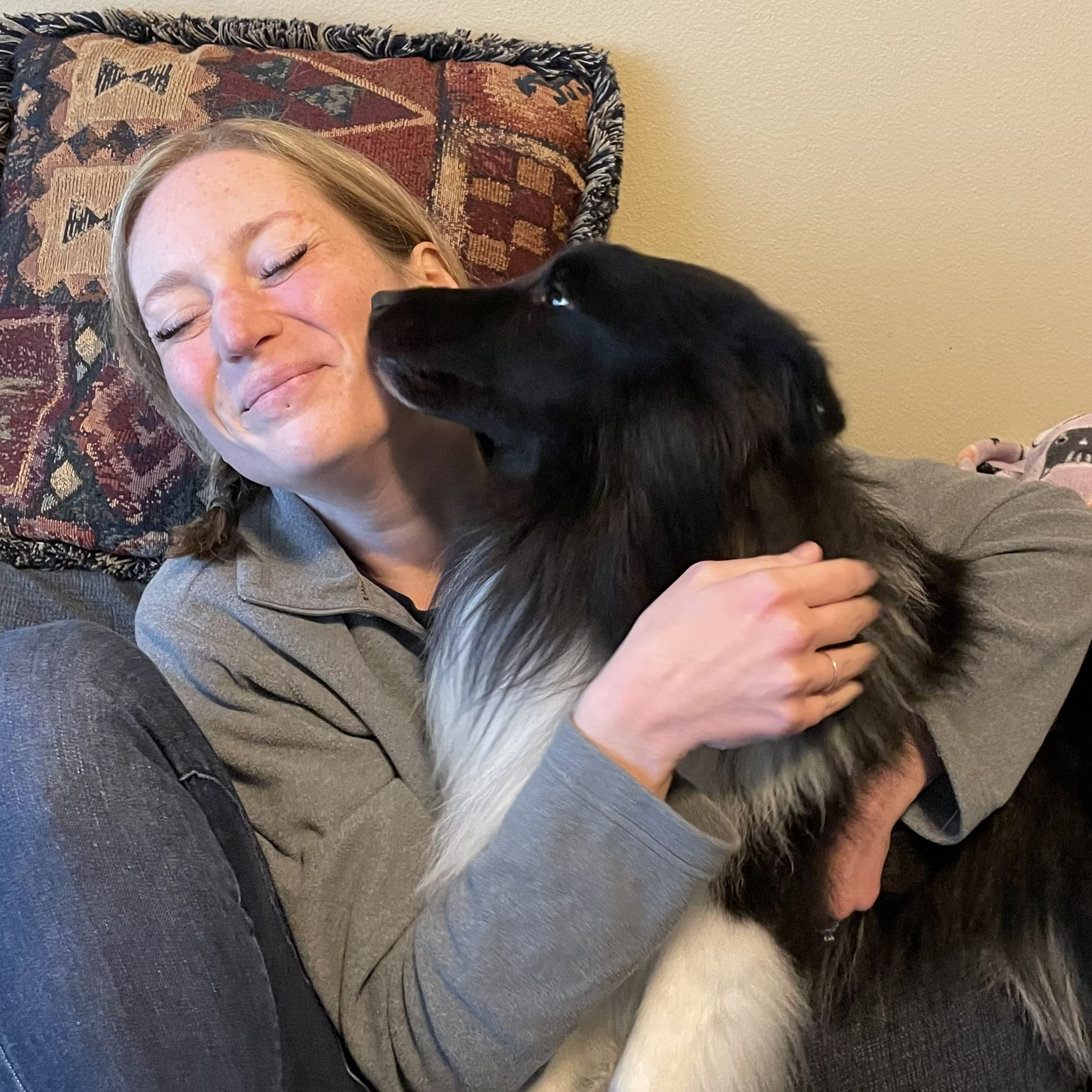
Jamie Freyer, DVM, MS
Associate Scientist, Veterinary Statistical Genetics

Michael Denyer
Senior Data Engineer
Scientific publications
We’re proud to be part of the largest pet care company in the world. See the research that’s helping us improve life for all petkind.
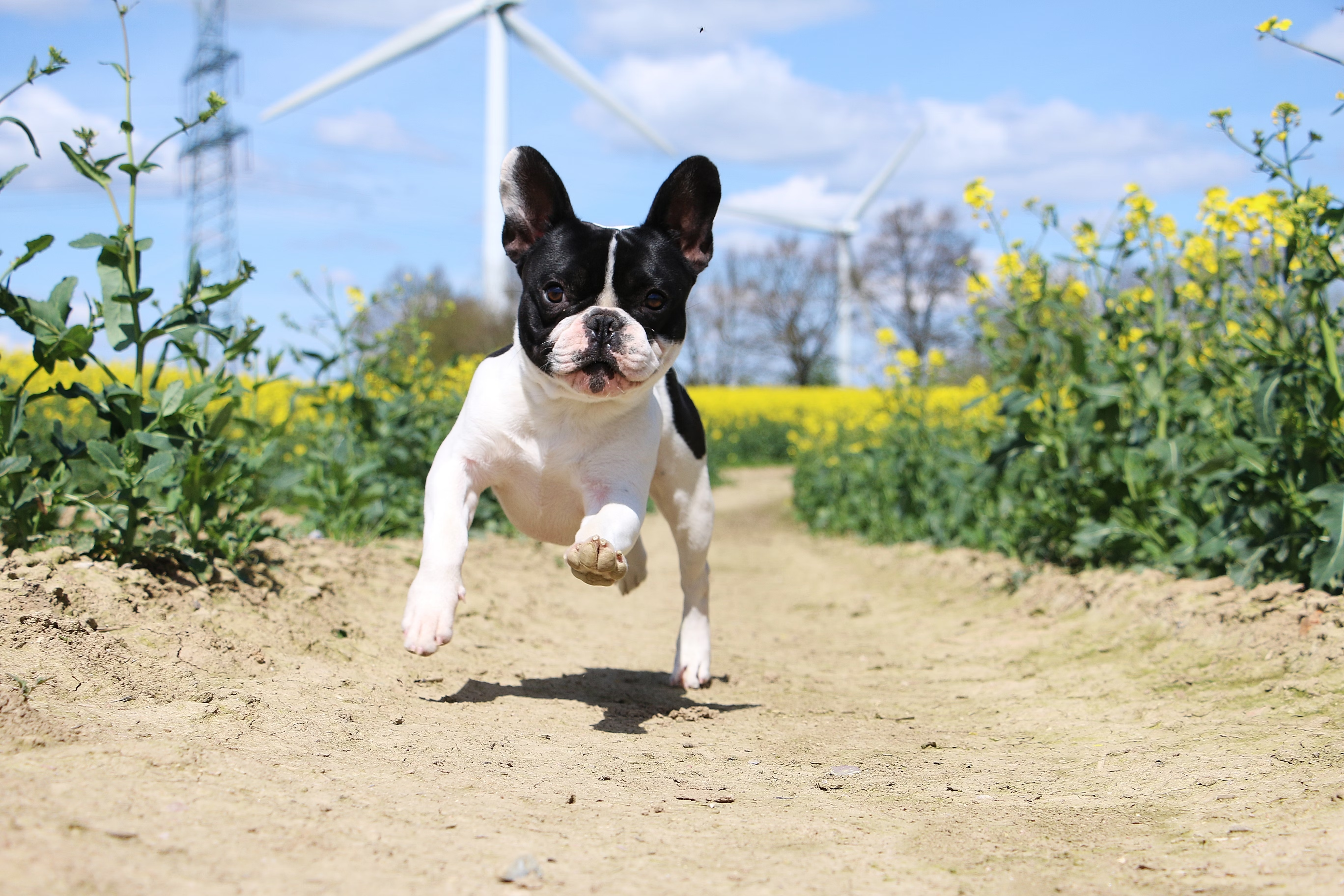
A splice donor variant in SLAMF1 is associated with canine atopic dermatitis
Read More
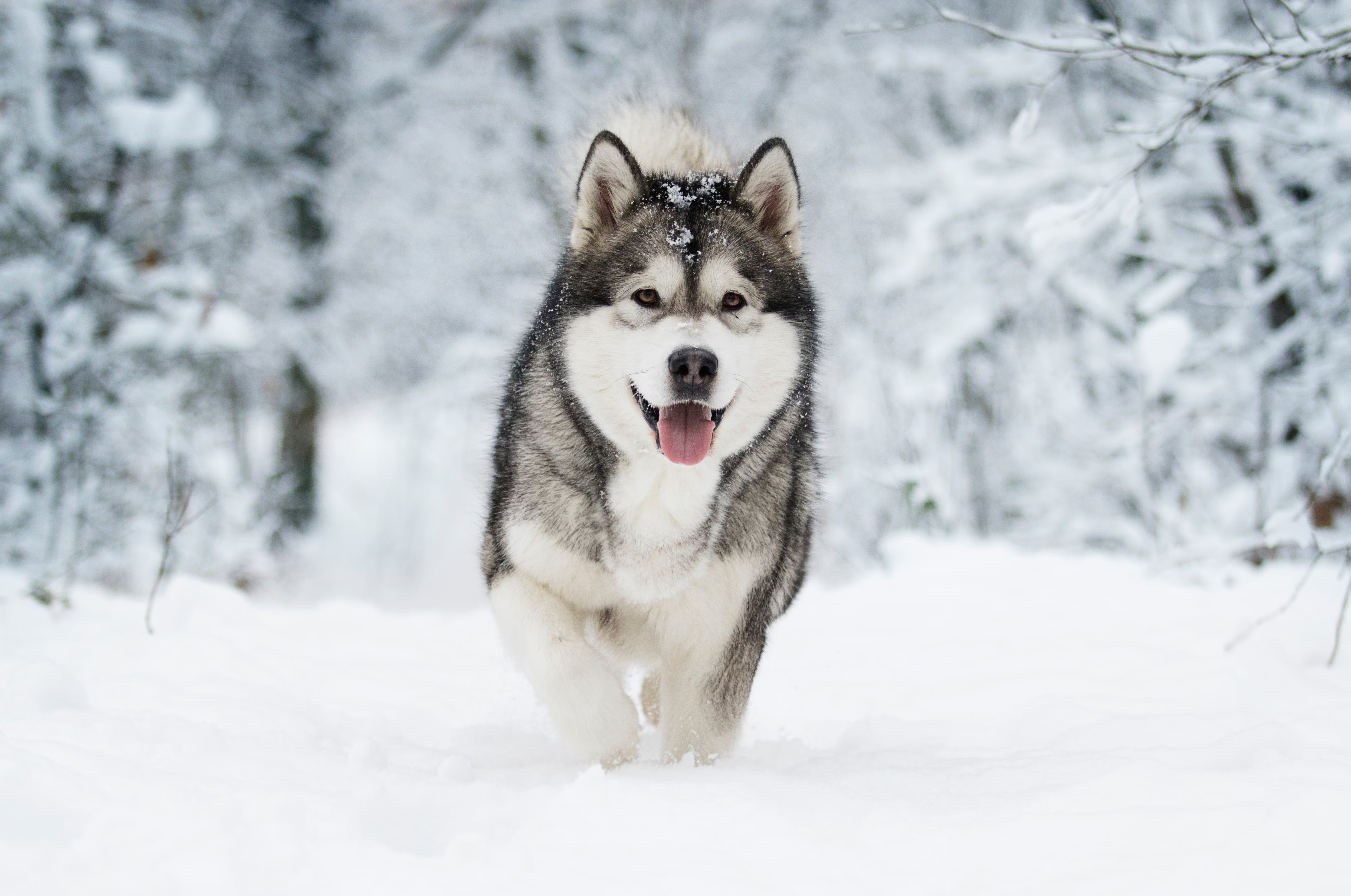
Common variants in the CPT1A gene are associated with cataracts in Northern breeds of domestic dog
Read More
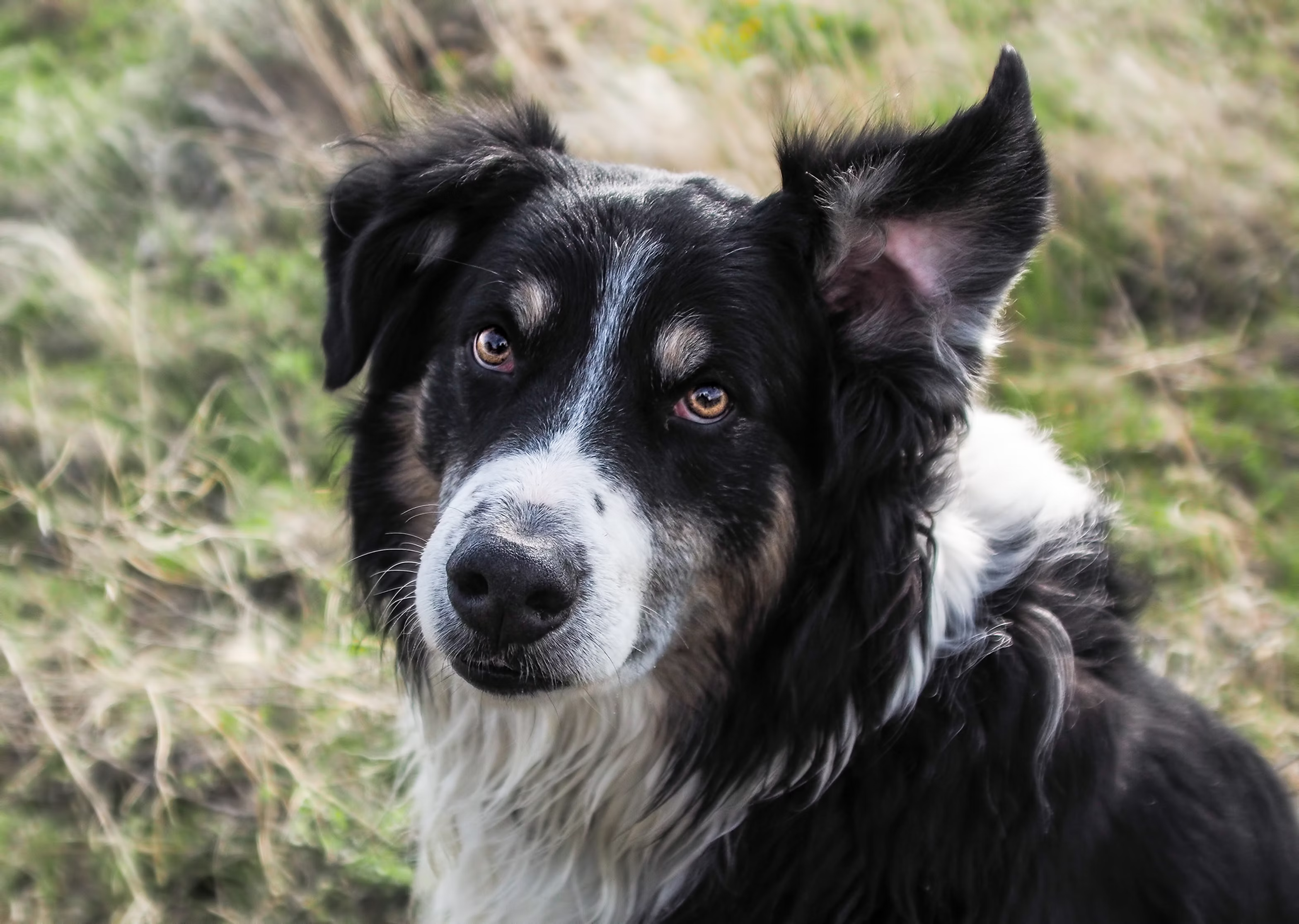
Exonic Short Interspersed Nuclear Element Insertion in FAM161A Is Associated with Autosomal Recessive Progressive Retinal Atrophy in the English Shepherd
Read More

A new Finnish flavor of feline coat coloration, “salmiak,” is associated with a 95-kb deletion downstream of the KIT gene
Read More

Classification of feline hypertrophic cardiomyopathy-associated gene variants according to the American College of Medical Genetics and Genomics guidelines

Association of FGF4L1 Retrogene Insertion with Prolapsed Gland of the Nictitans (Cherry Eye) in Dogs
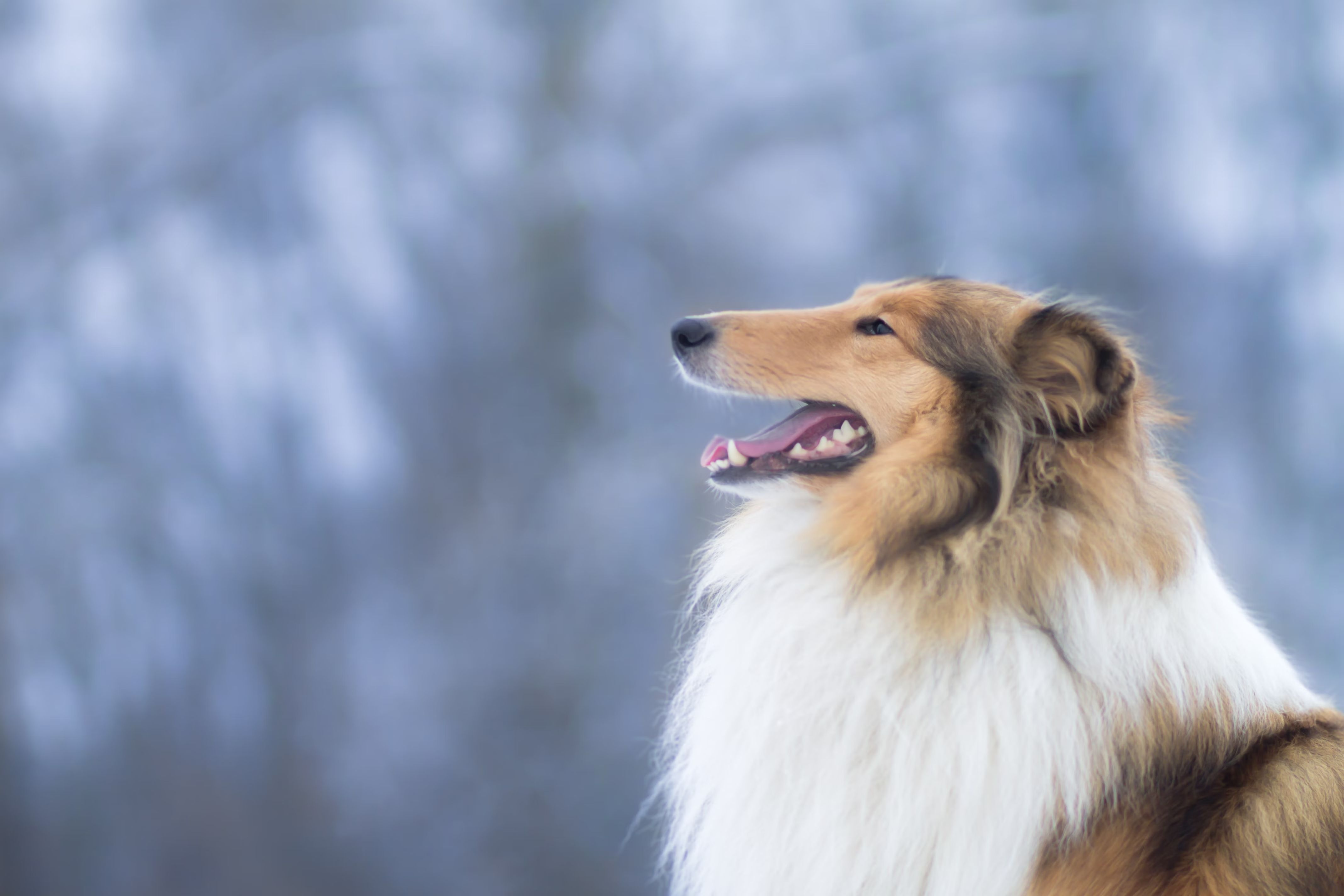
Global Frequency Analyses of Canine Progressive Rod-Cone Degeneration–Progressive Retinal Atrophy and Collie Eye Anomaly Using Commercial Genetic Testing Data
Read More
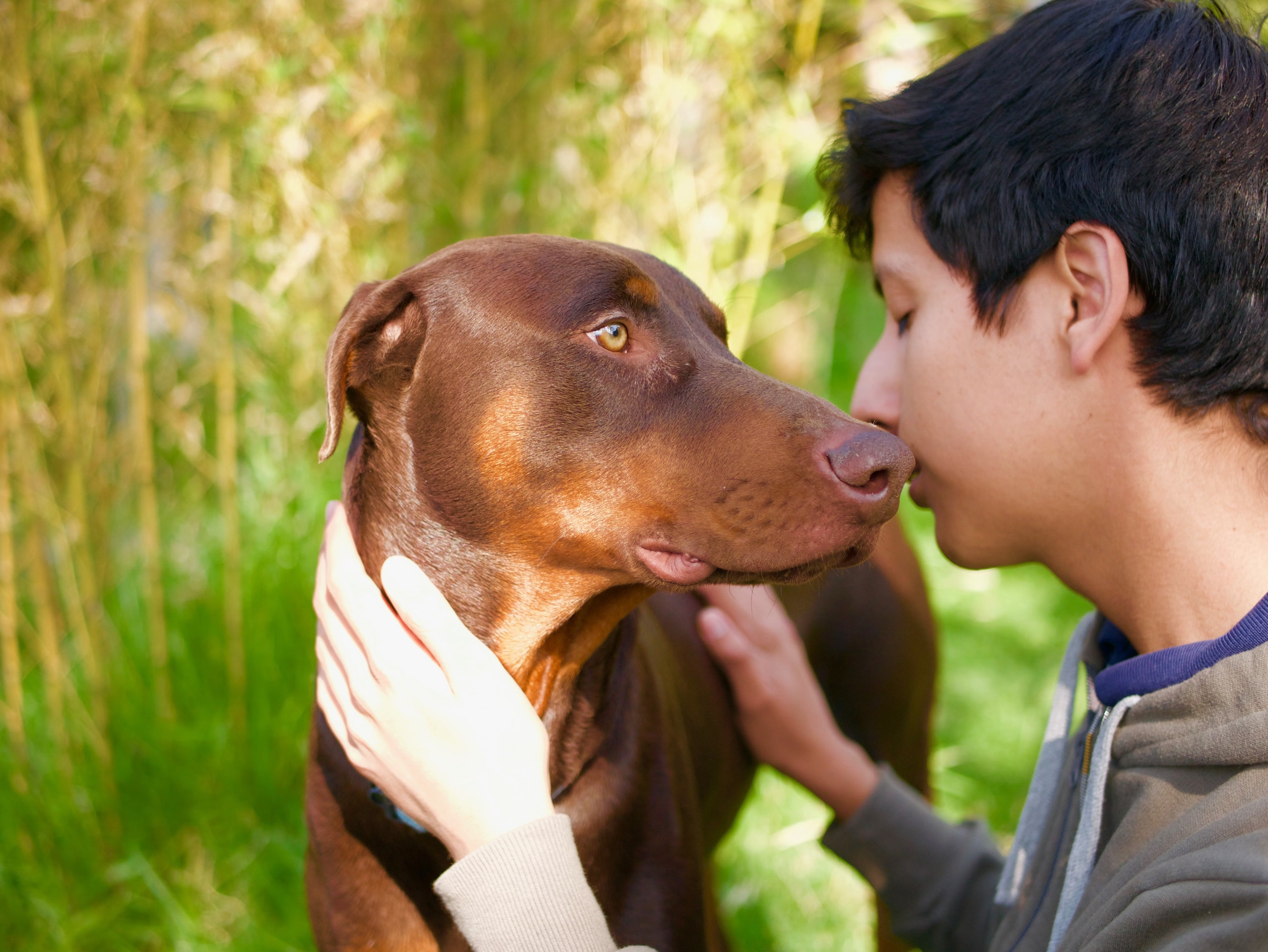
Identification of novel genetic risk factors of dilated cardiomyopathy: from canine to human
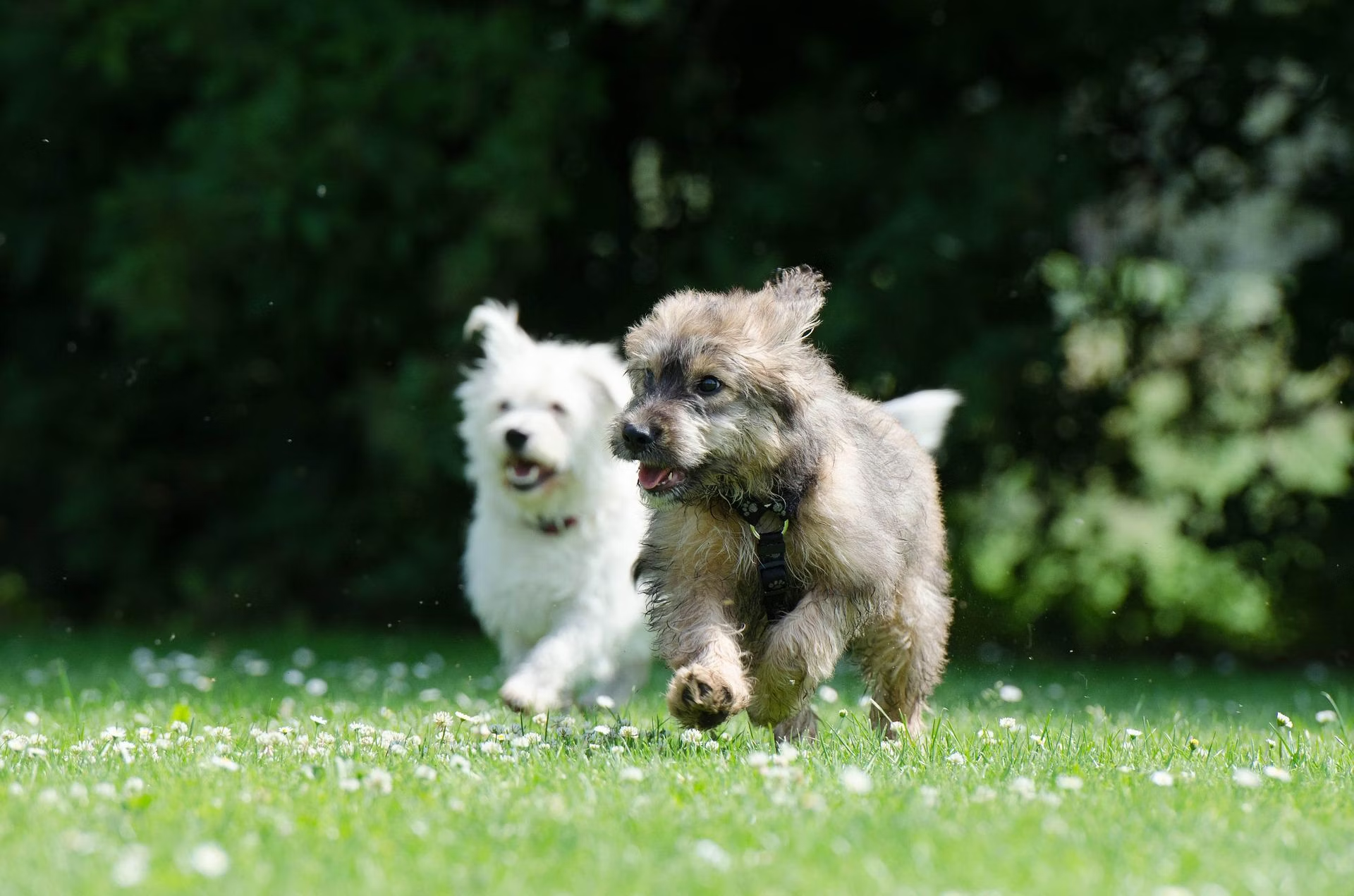
Genetic prevalence and clinical relevance of canine Mendelian disease variants in over one million dogs

Genetic epidemiology of blood type, disease and trait variants, and genome-wide genetic diversity in over 11,000 domestic cats

Large scale across-breed genome-wide association study reveals a variant in HMGA2 associated with inguinal cryptorchidism risk in dogs
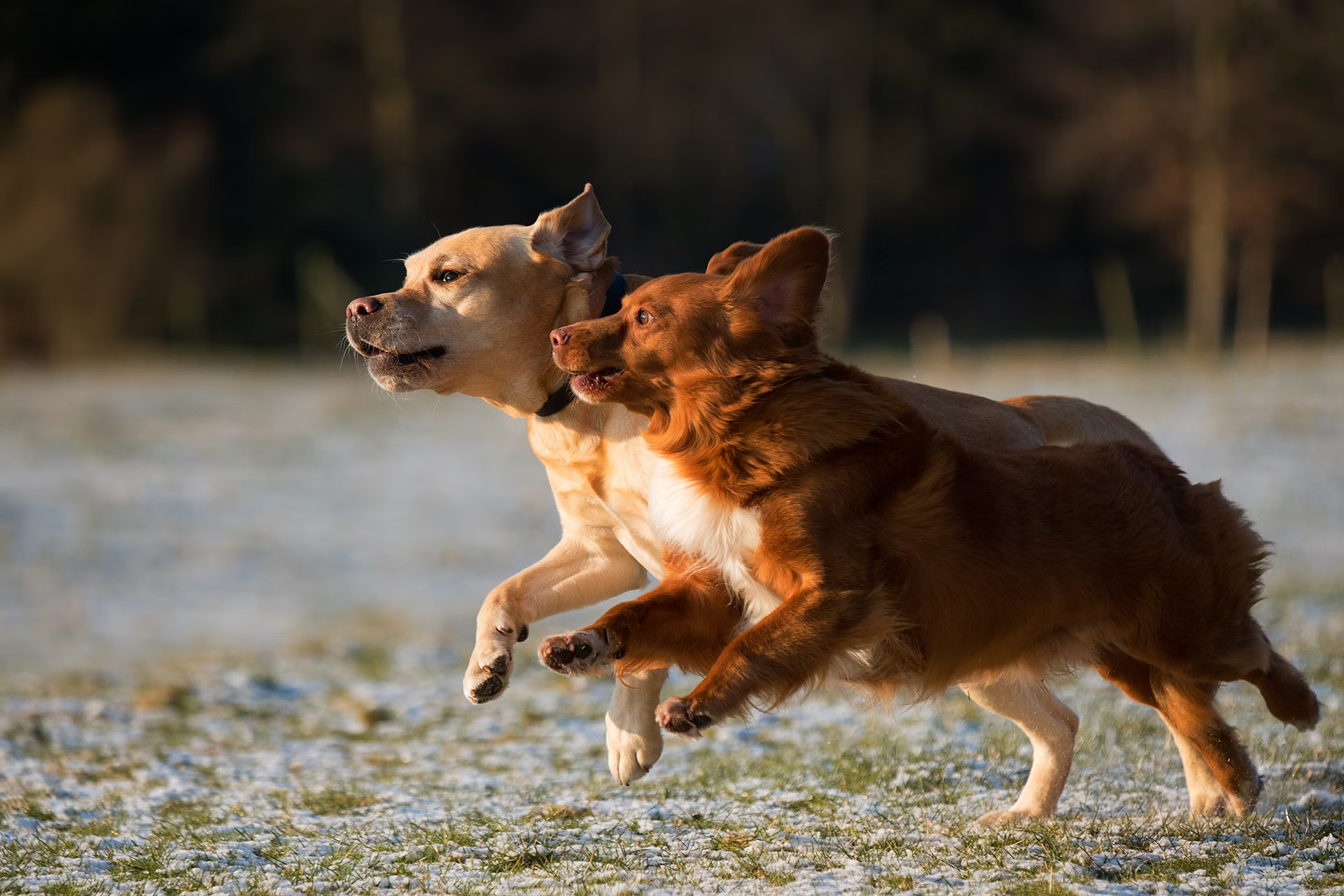
The effect of inbreeding, body size and morphology on health in dog breeds
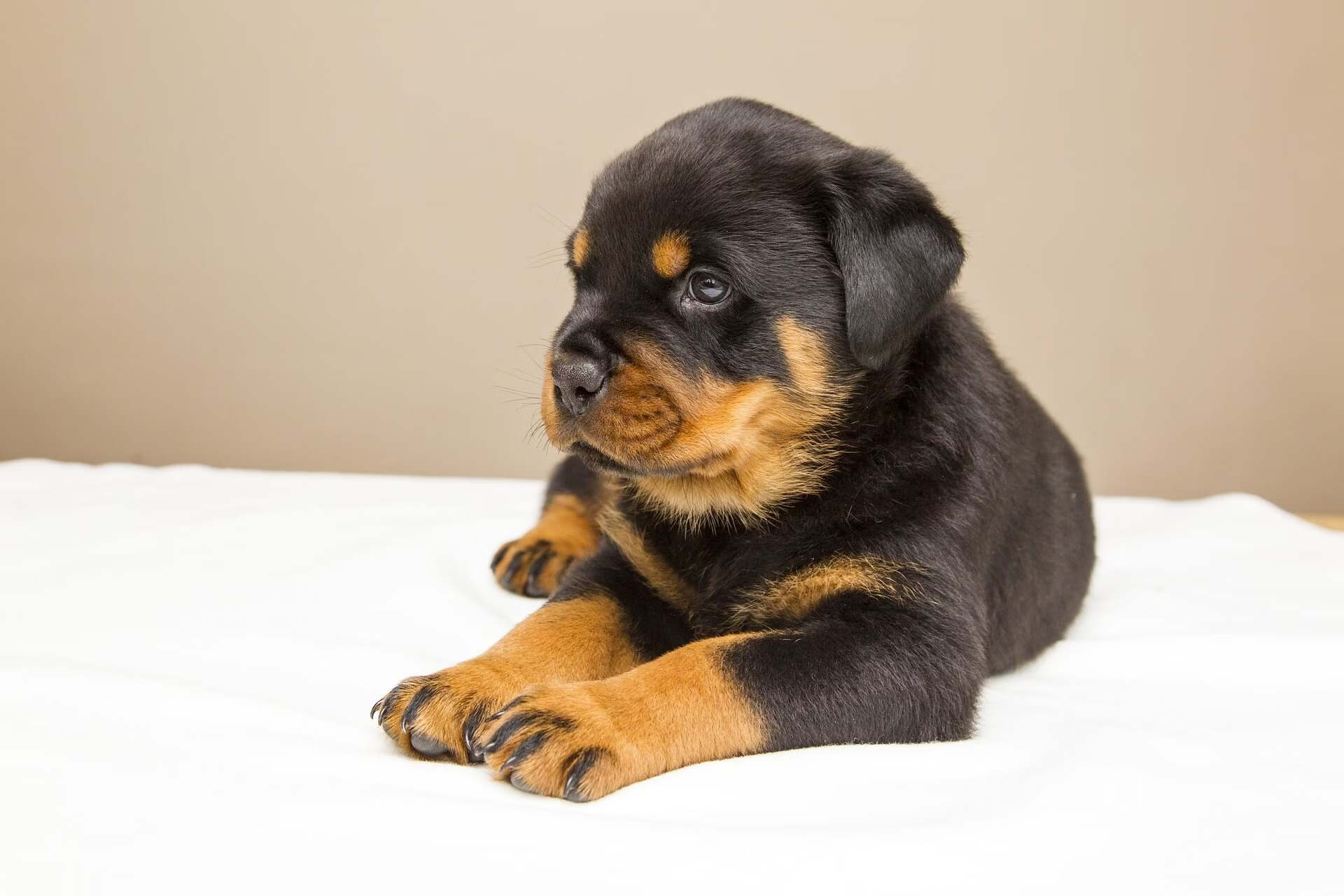
Missense variant in LOXHD1 is associated with canine nonsyndromic hearing loss
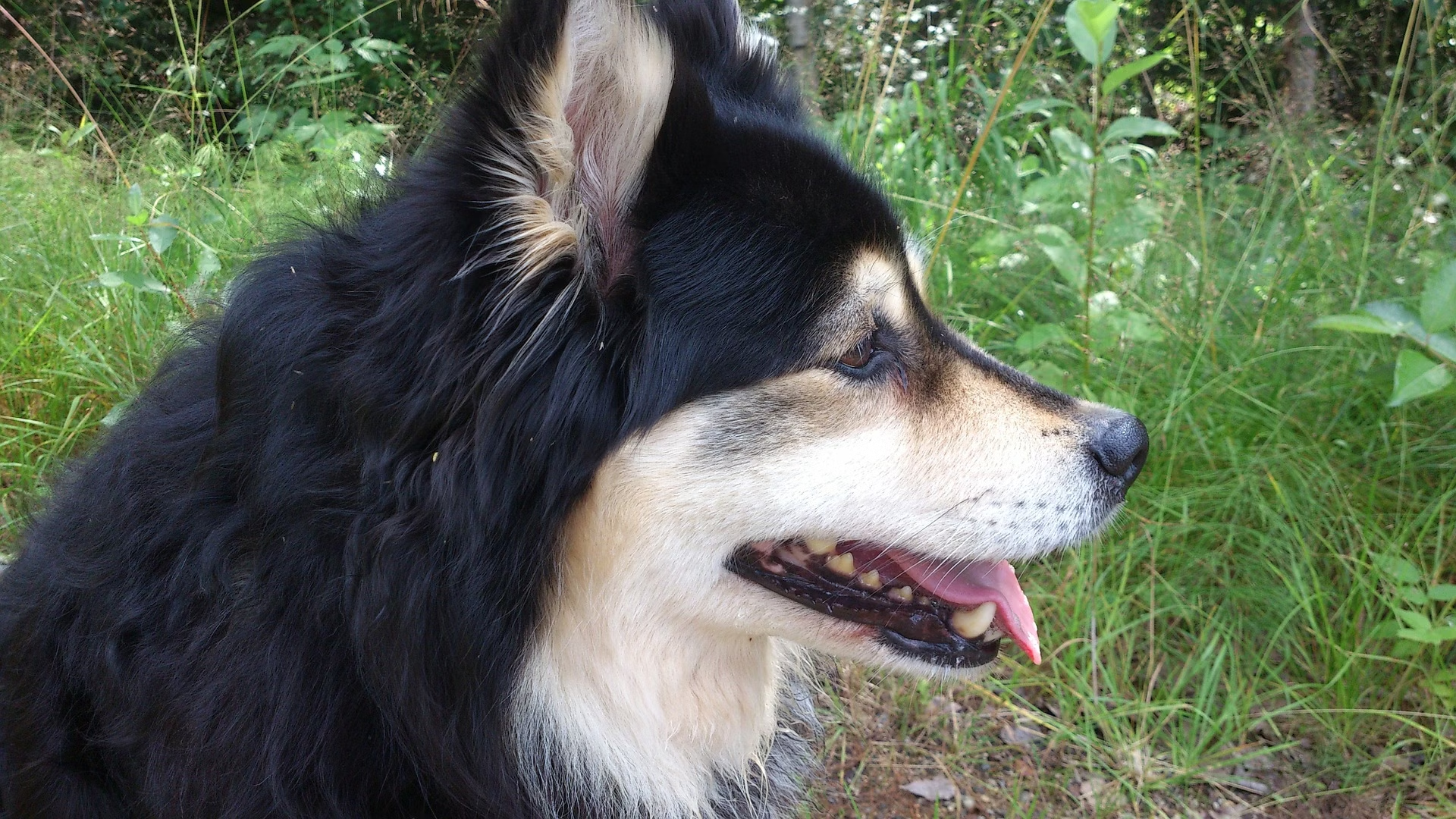
A missense variant in IFT122 associated with a canine model of retinitis pigmentosa
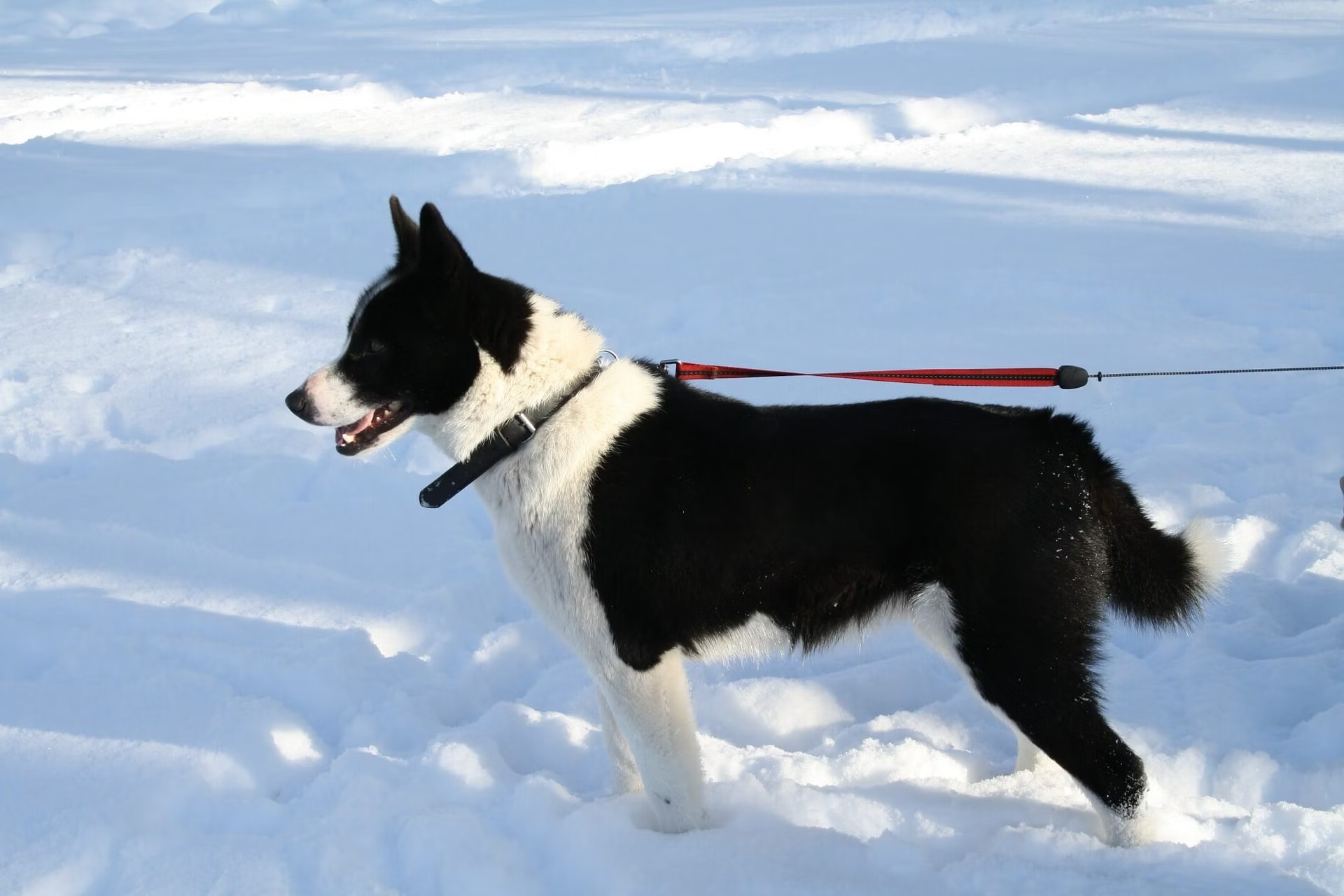
Intronic variant in POU1F1 associated with canine pituitary dwarfism

An across-breed validation study of 46 genetic markers in canine hip dysplasia

Comprehensive genetic testing combined with citizen science reveals a recently characterized ancient MC1R mutation associated with partial recessive red phenotypes in dog

Atypical Genotypes for Canine Agouti Signaling Protein Suggest Novel Chromosomal Rearrangement

Variation in breeding practices and geographic isolation drive subpopulation differentiation, contributing to the loss of genetic diversity within dog breed lineages
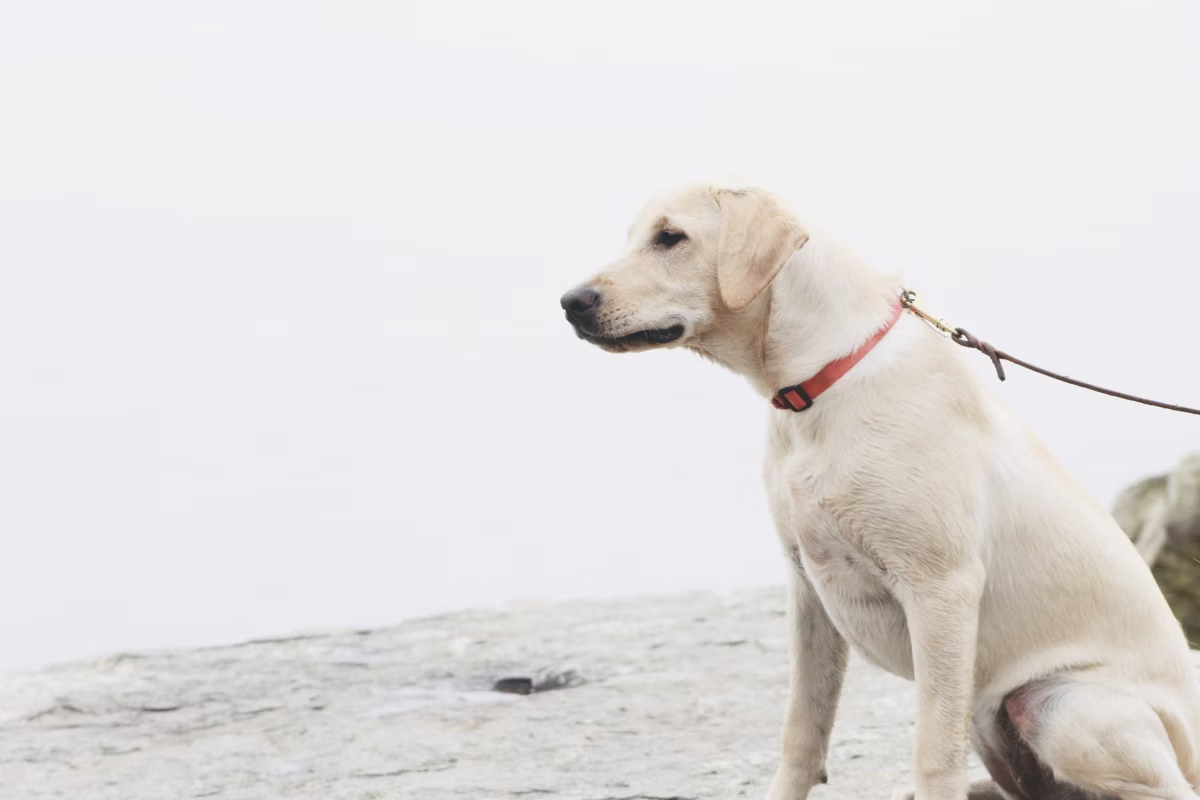
Recessive missense LAMP3 variant associated with defect in lamellar body biogenesis and fatal neonatal interstitial lung disease in dogs
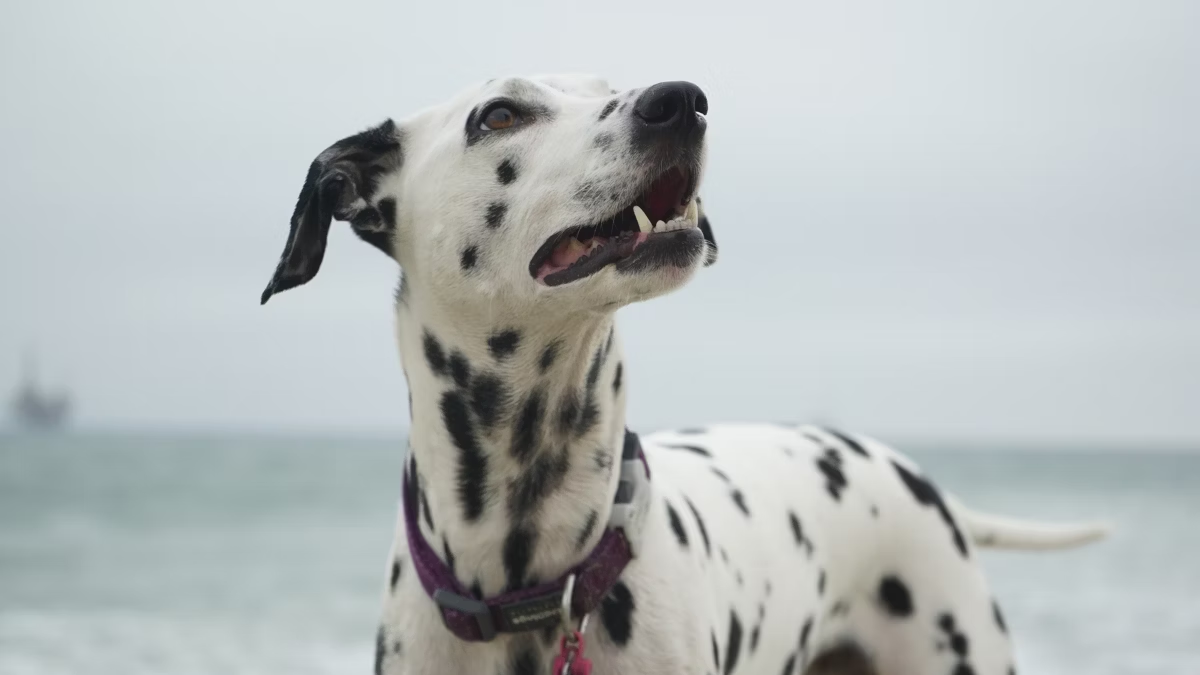
A putative silencer variant in a spontaneous canine model of retinitis pigmentosa

Characterisation of canine KCNIP4: A novel gene for cerebellar ataxia identified by whole-genome sequencing two affected Norwegian Buhund dogs

True Colors: Commercially-acquired morphological genotypes reveal hidden allele variation among dog breeds, informing both trait ancestry and breed potential
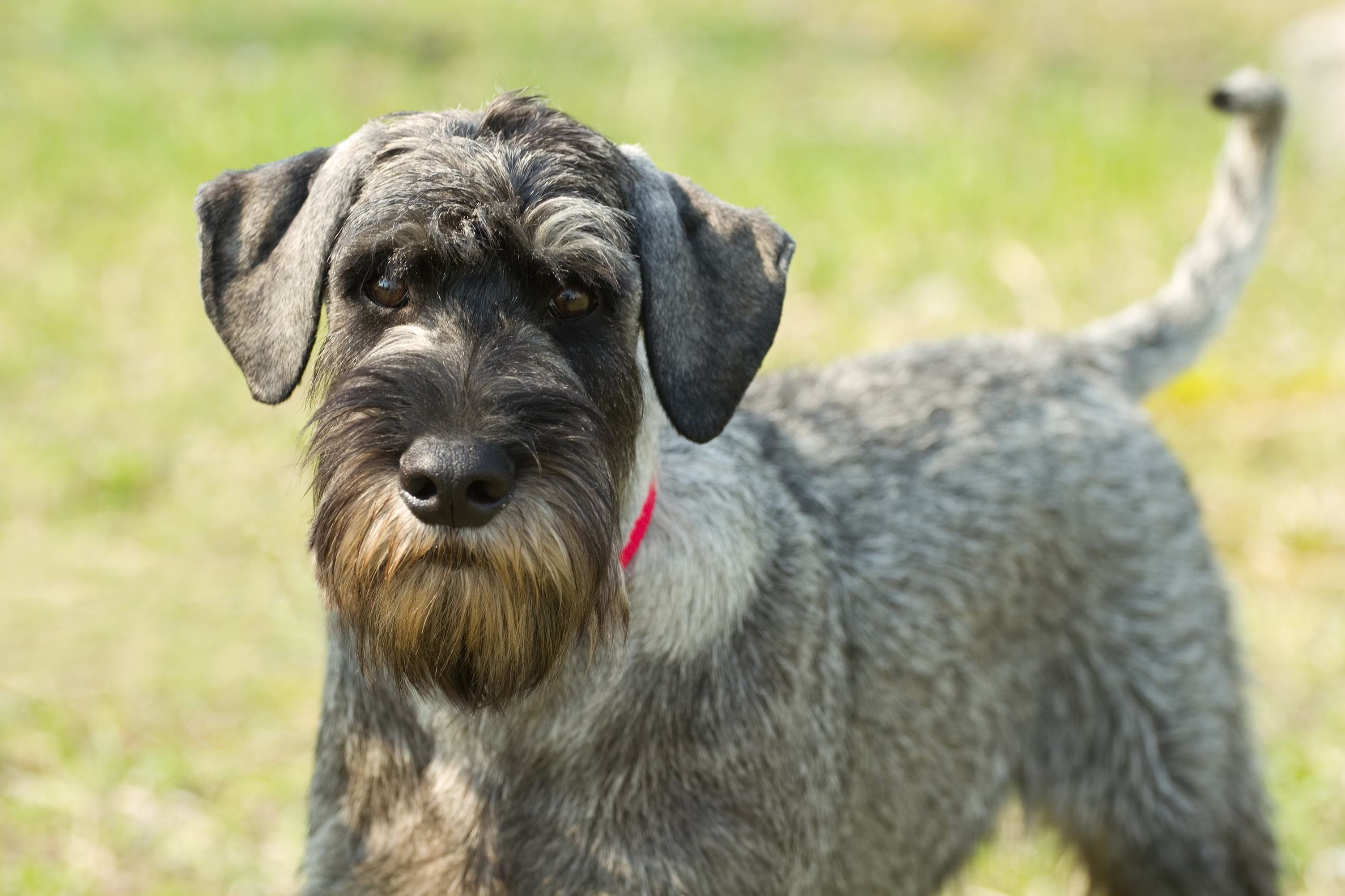
TSEN54 missense variant in Standard Schnauzers with leukodystrophy
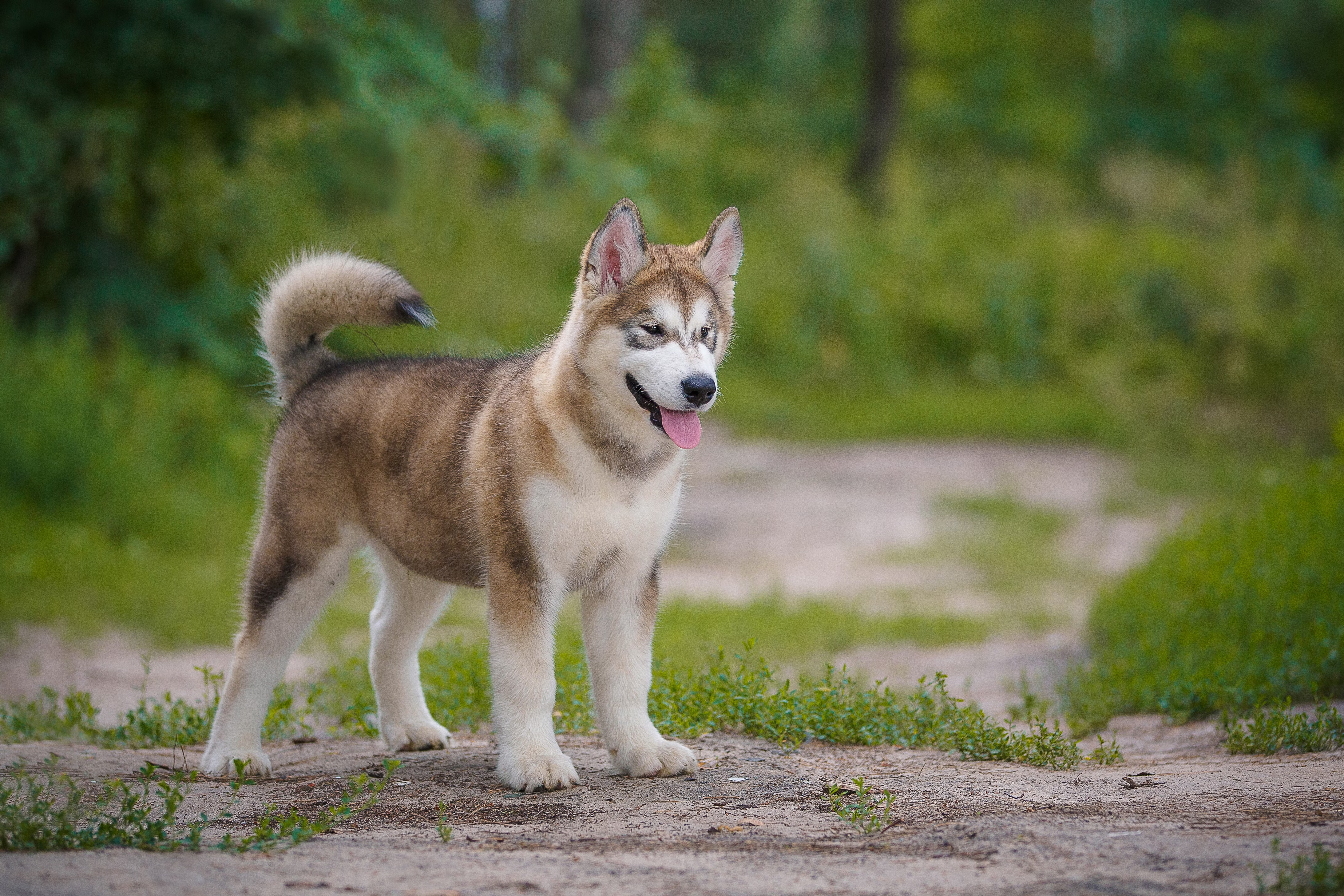
NME5 frameshift variant in Alaskan Malamutes with primary ciliary dyskinesia

Whole Genome Sequencing of Giant Schnauzer Dogs with Progressive Retinal Atrophy Establishes NECAP1 as a Novel Candidate Gene for Retinal Degeneration
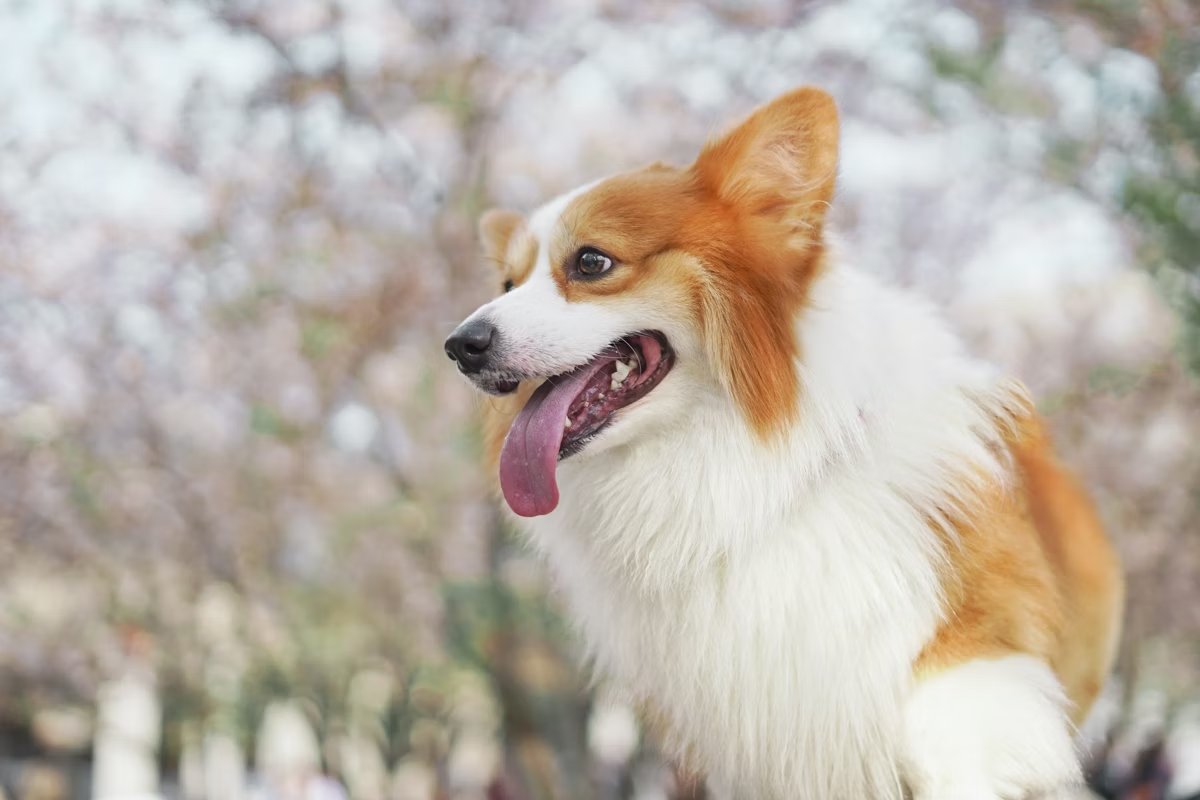
Canine models of human amelogenesis imperfecta: identification of novel recessive ENAM and ACP4 variants

Heterozygosity testing and multiplex DNA panel screening as a potential tool to monitor health and inbreeding in a small, closed dog population.
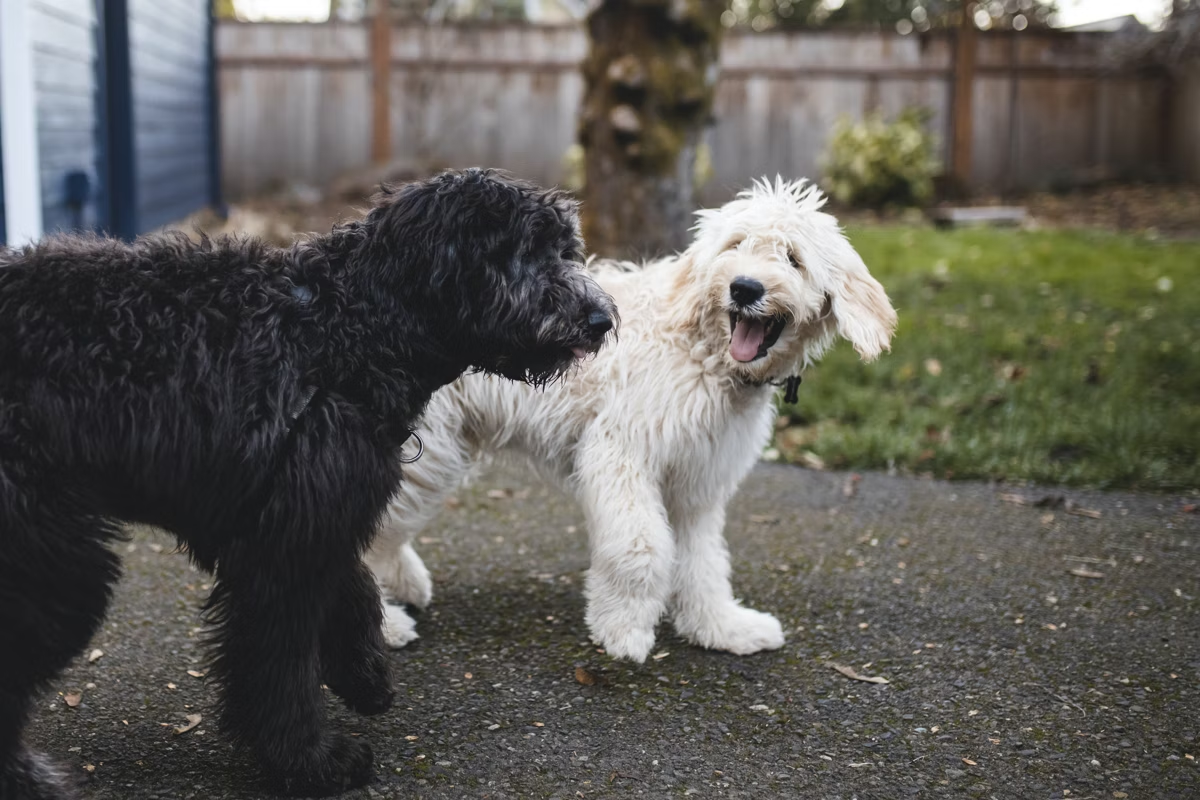
Frequency and distribution of 152 genetic disease variants in over 100,000 mixed breed and purebred dogs
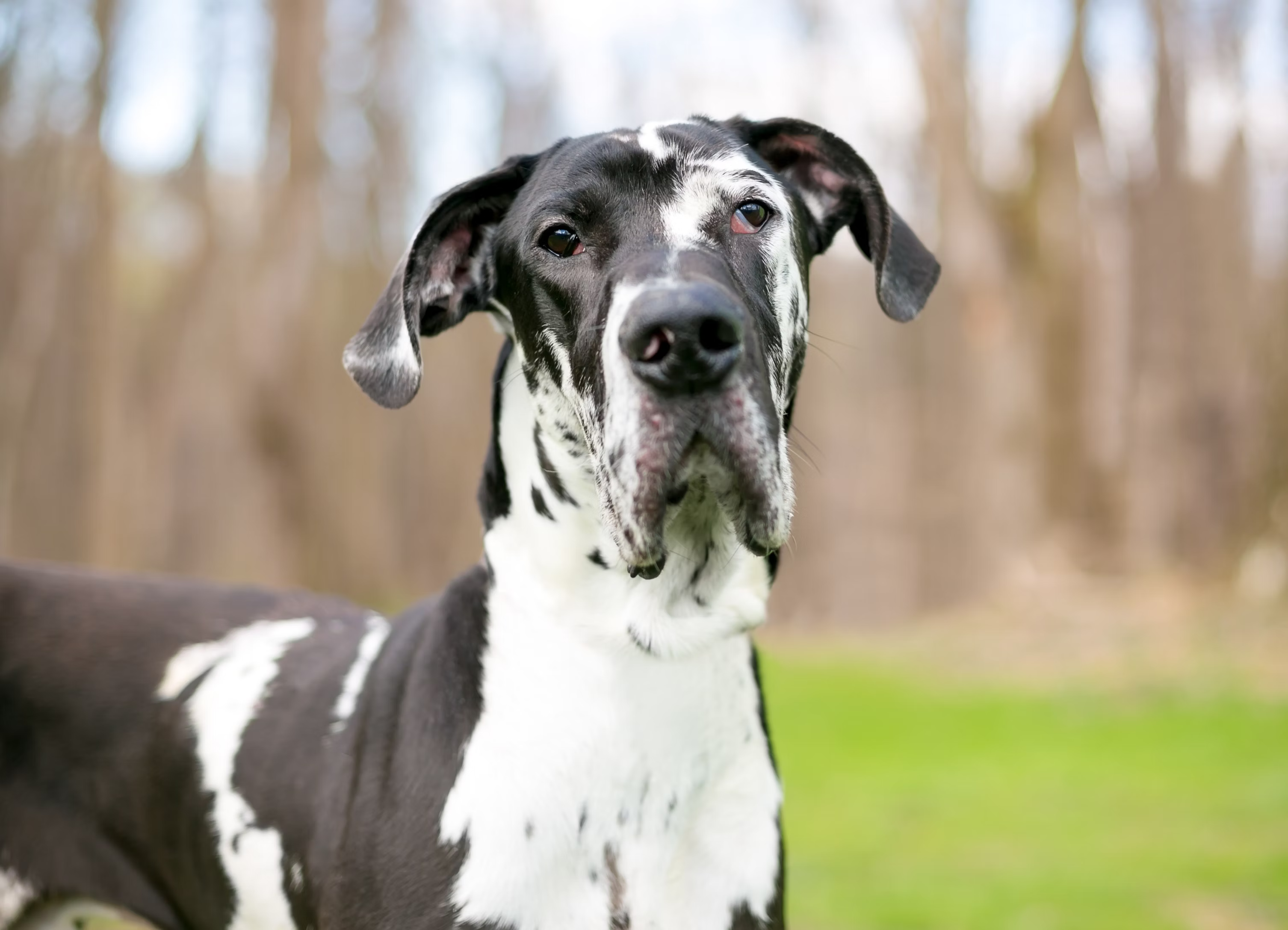
Frequency of five disease-causing genetic mutations in a large mixed-breed dog population (2011–2012)
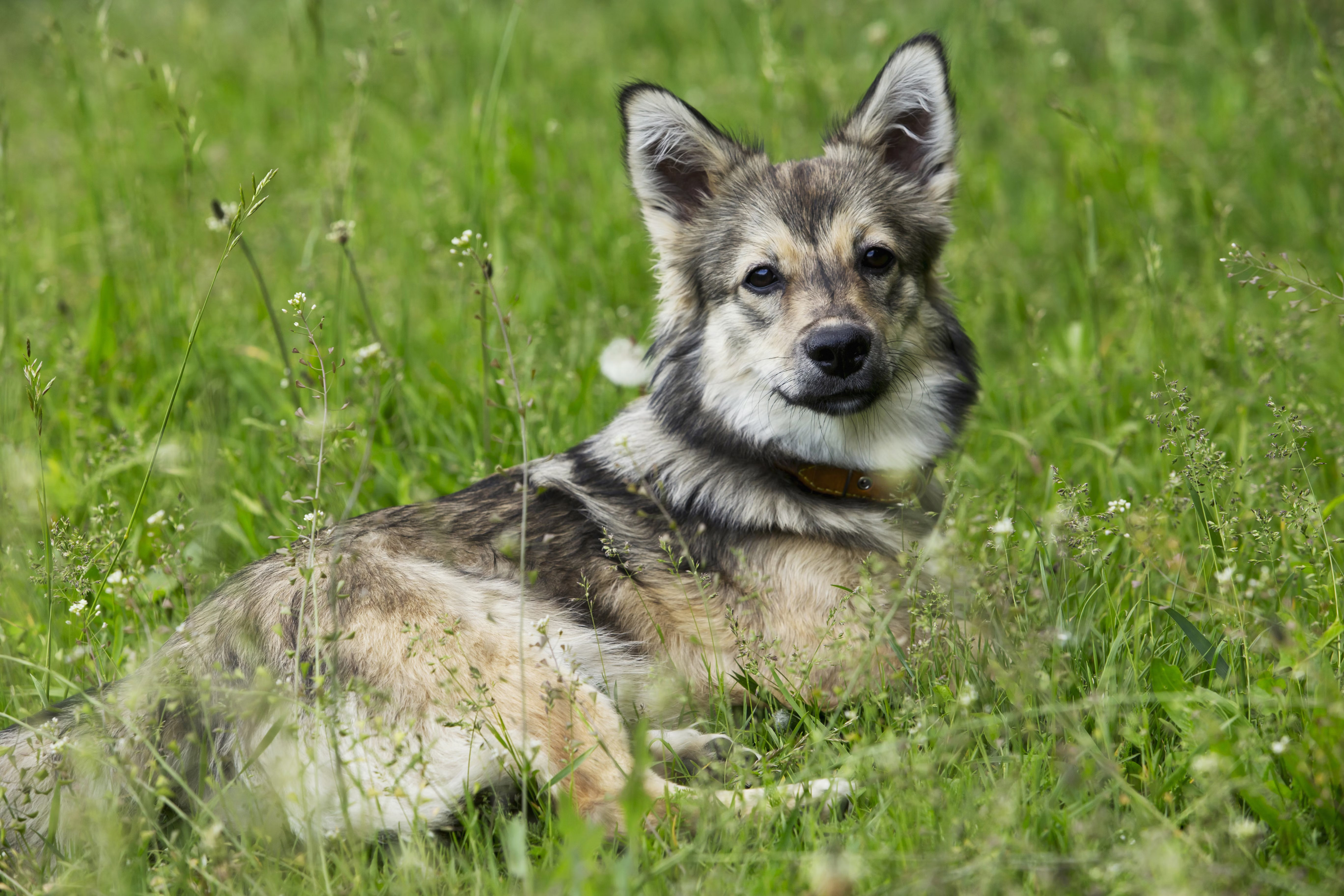
An intronic LINE-1 insertion in MERTK is strongly associated with retinopathy in Swedish Vallhund dogs
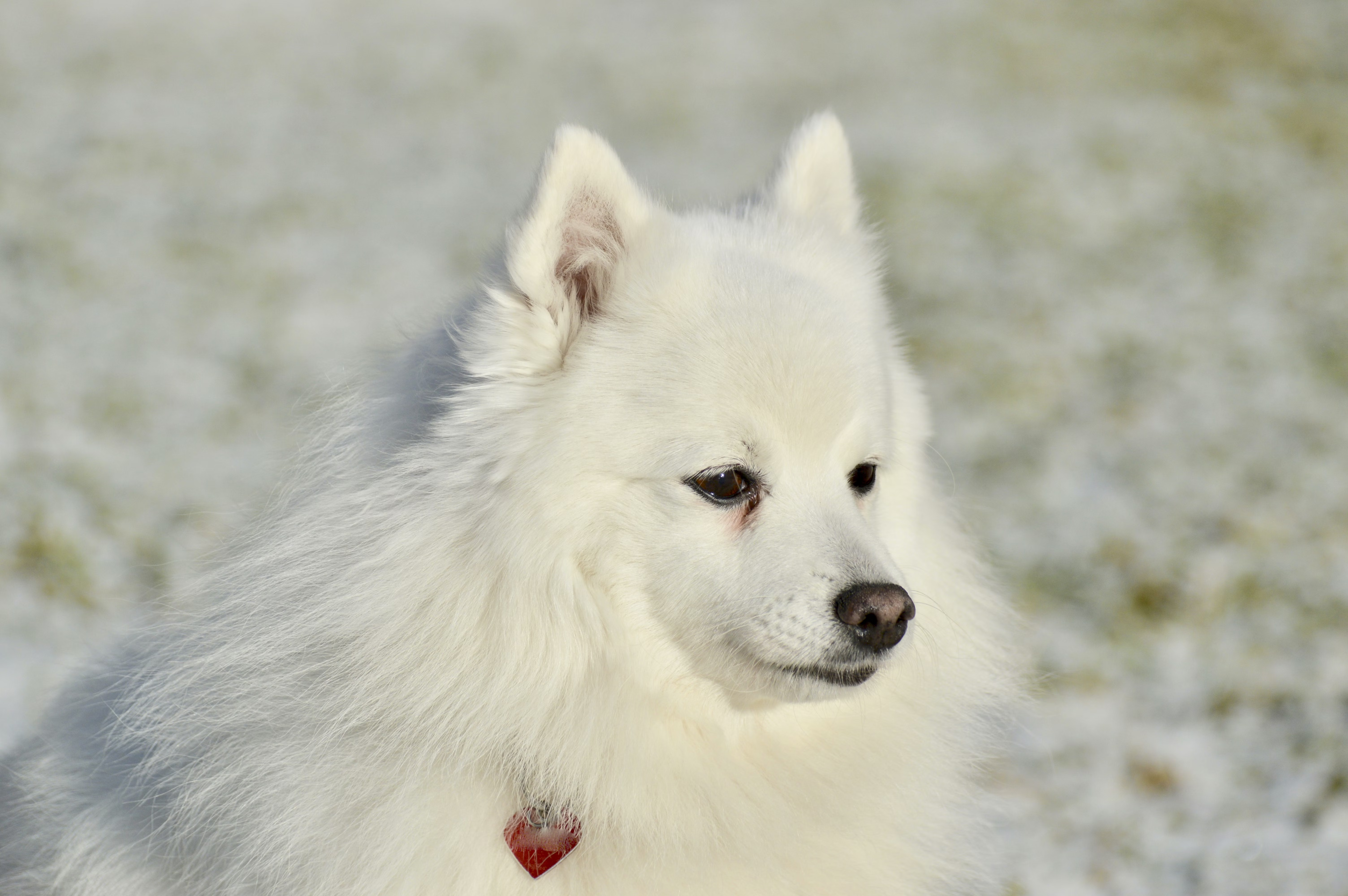
Founder representation and effective population size in old versus young breeds-genetic diversity of Finnish and Nordic Spitz

Homozygous PPT1 Splice Donor Mutation in a Cane Corso Dog With Neuronal Ceroid Lipofuscinosis

An Inversion Disrupting FAM134B Is Associated with Sensory Neuropathy in the Border Collie Dog Breed

Genetic Panel Screening of Nearly 100 Mutations Reveals New Insights into the Breed Distribution of Risk Variants for Canine Hereditary Disorders
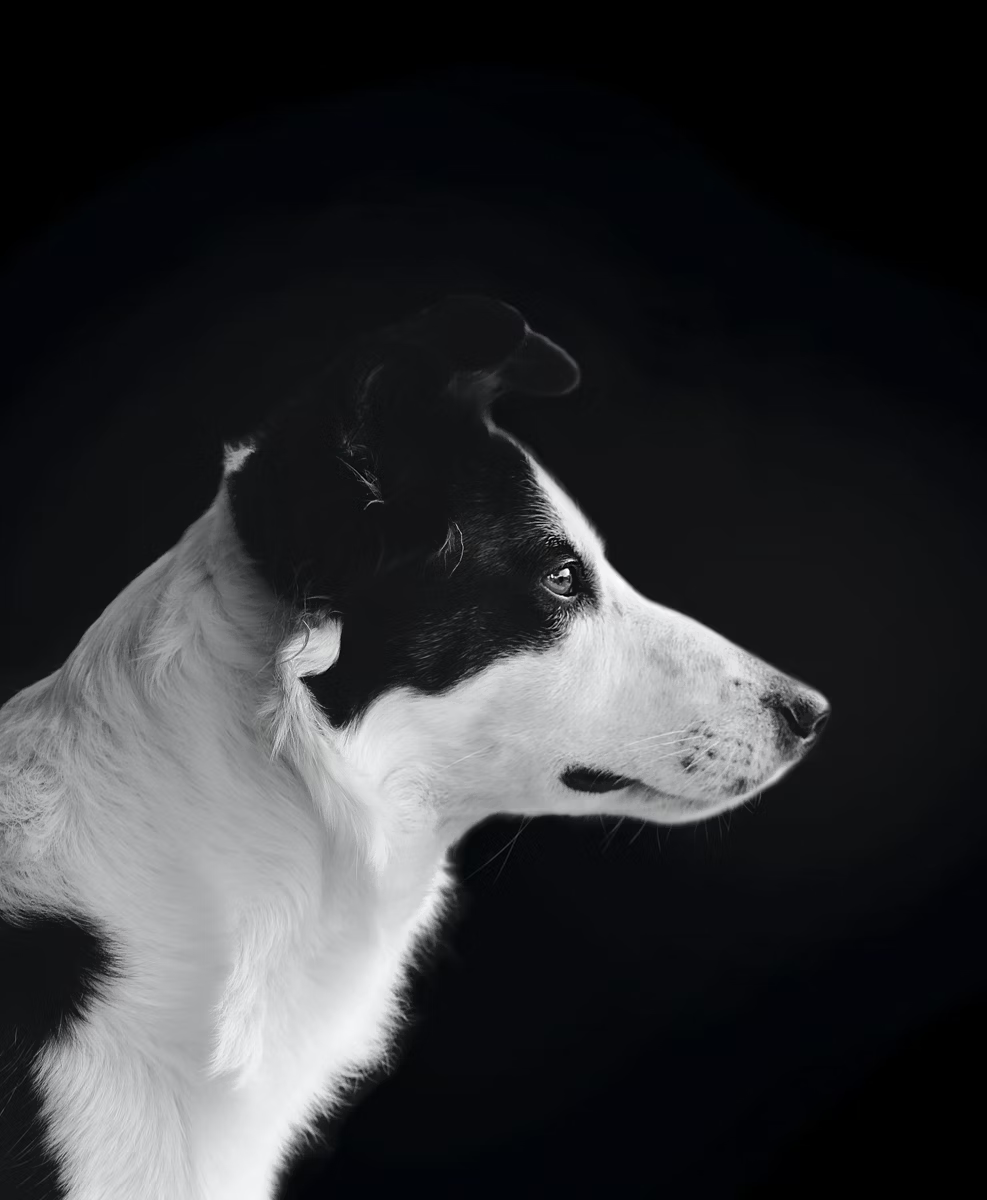
A Novel Genome-Wide Association Study Approach Using Genotyping by Exome Sequencing Leads to the Identification of a Primary Open Angle Glaucoma Associated Inversion Disrupting ADAMTS17

Two Independent Mutations in ADAMTS17 Are Associated with Primary Open Angle Glaucoma in the Basset Hound and Basset Fauve de Bretagne Breeds of Dog
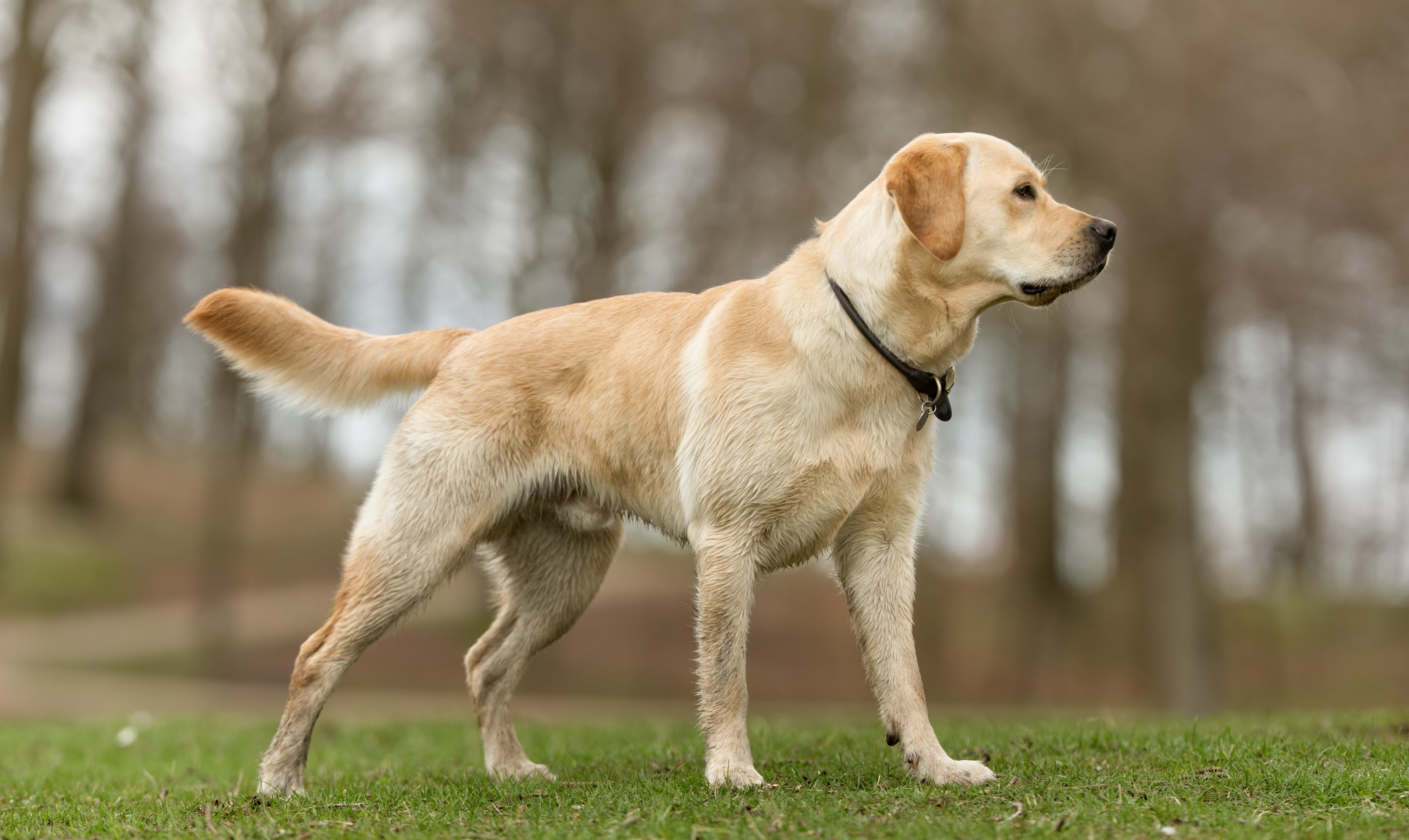
Genome Wide Analysis Indicates Genes for Basement Membrane and Cartilage Matrix Proteins as Candidates for Hip Dysplasia in Labrador Retrievers

A web resource on DNA tests for canine and feline hereditary diseases
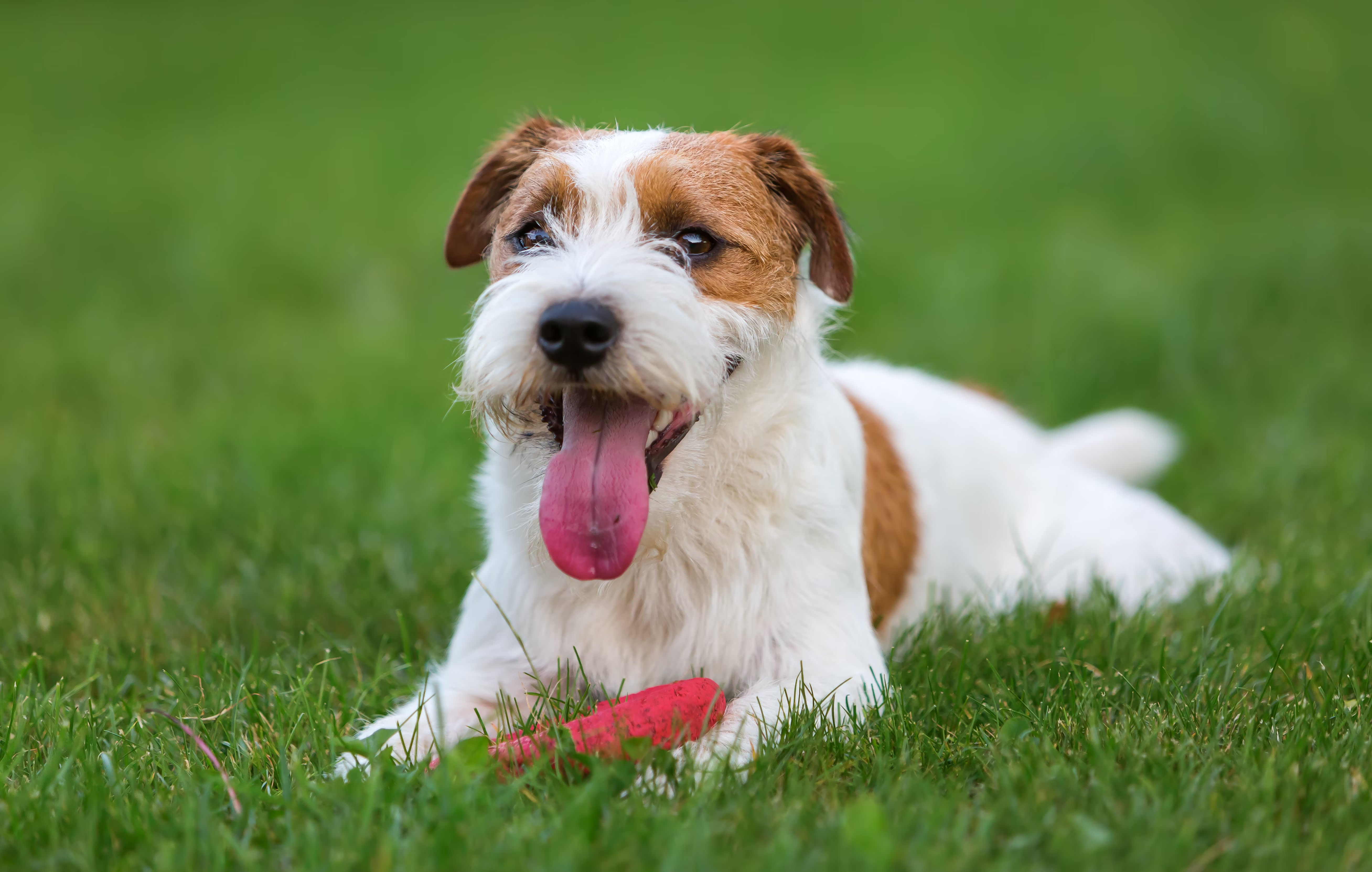
Missense Mutation in CAPN1 Is Associated with Spinocerebellar Ataxia in the Parson Russell Terrier Dog Breed
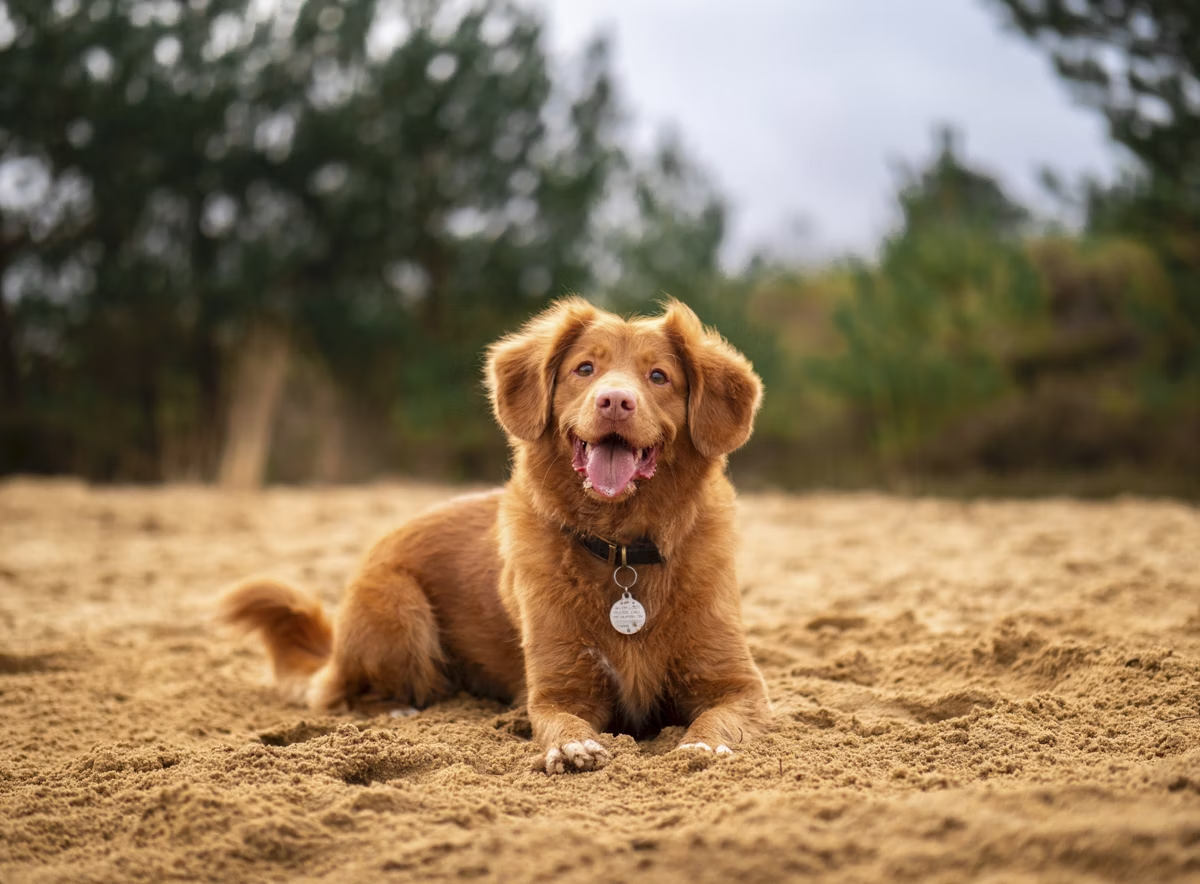
Genome-wide SNP and haplotype analyses reveal a rich history underlying dog domestication

Parallel Mapping and Simultaneous Sequencing Reveals Deletions in BCAN and FAM83H Associated with Discrete Inherited Disorders in a Domestic Dog Breed
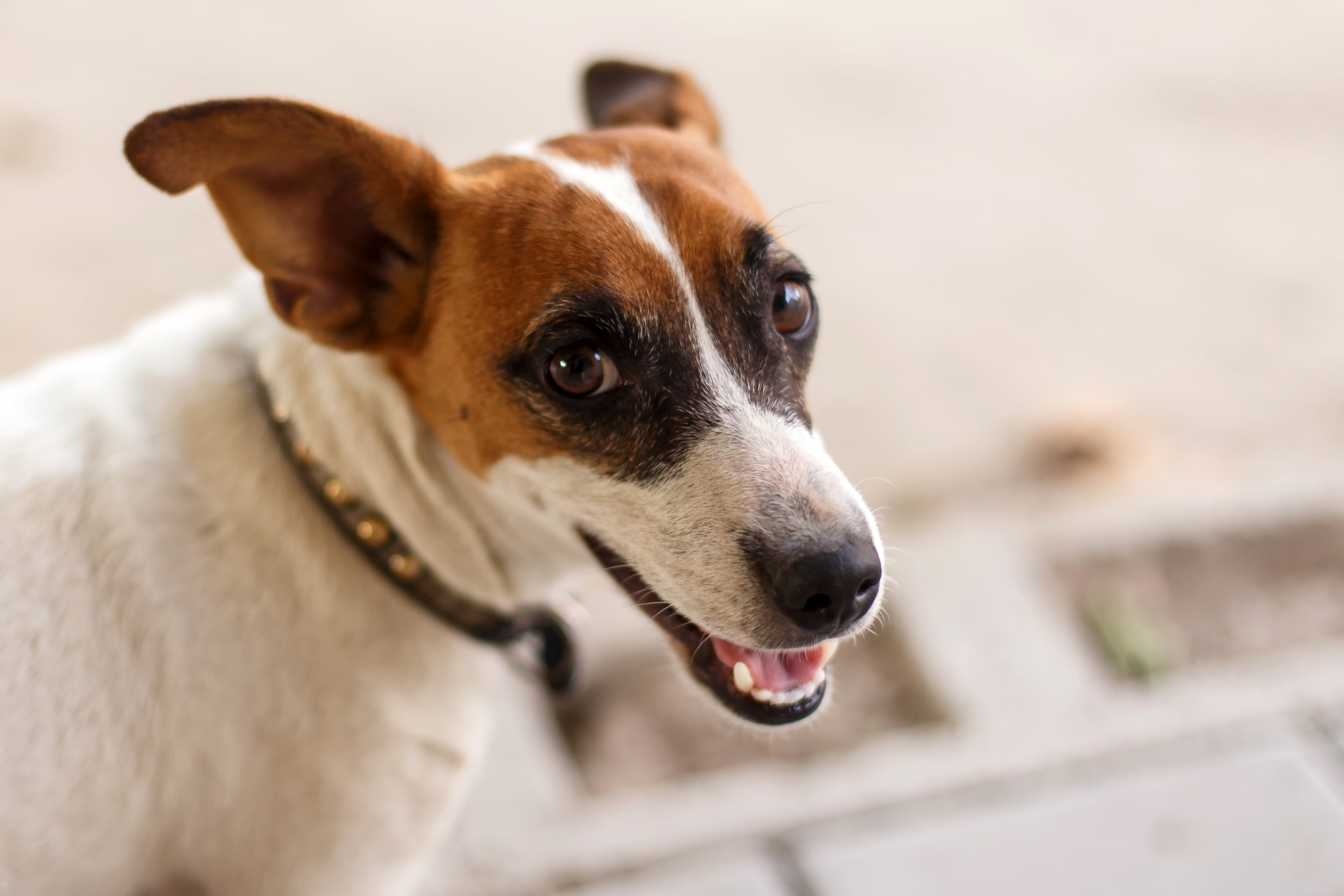
Complex population structure in African village dogs and its implications for inferring dog domestication history
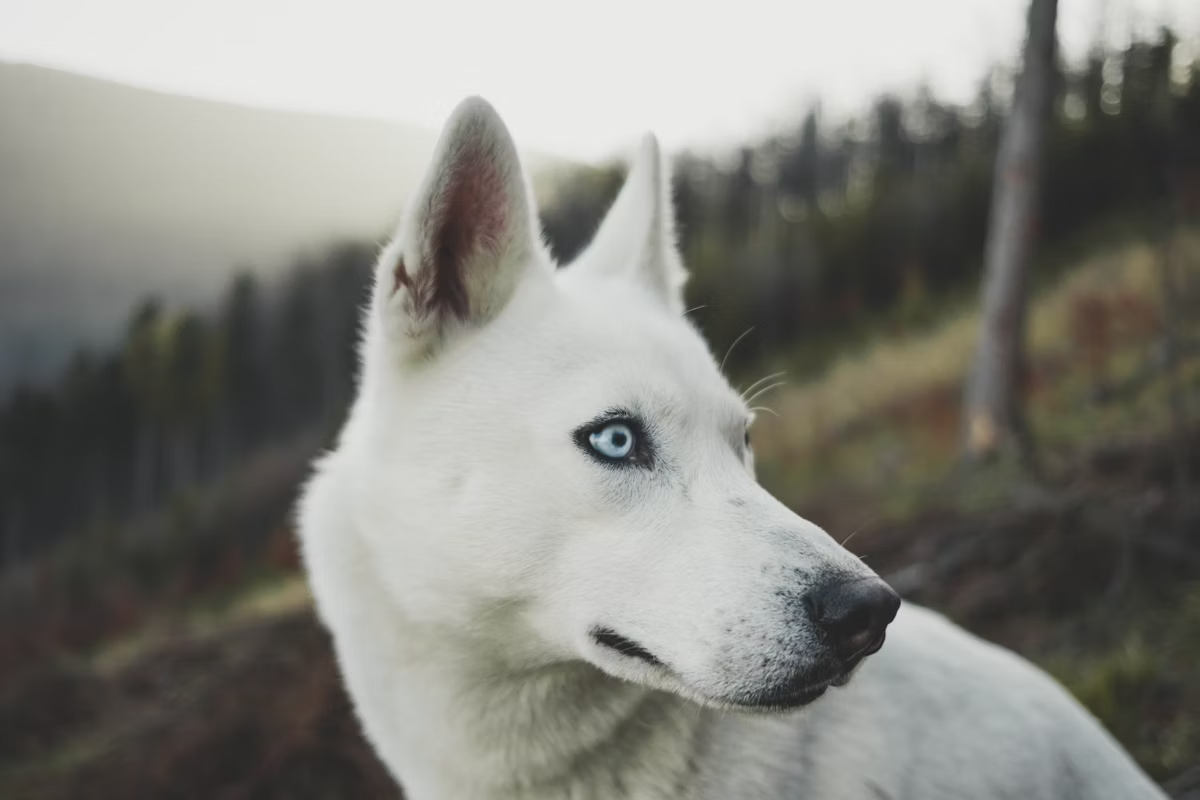
Genetic Mapping of Fixed Phenotypes: Disease Frequency as a Breed Characteristic

Population Structure and Inbreeding From Pedigree Analysis of Purebred Dogs
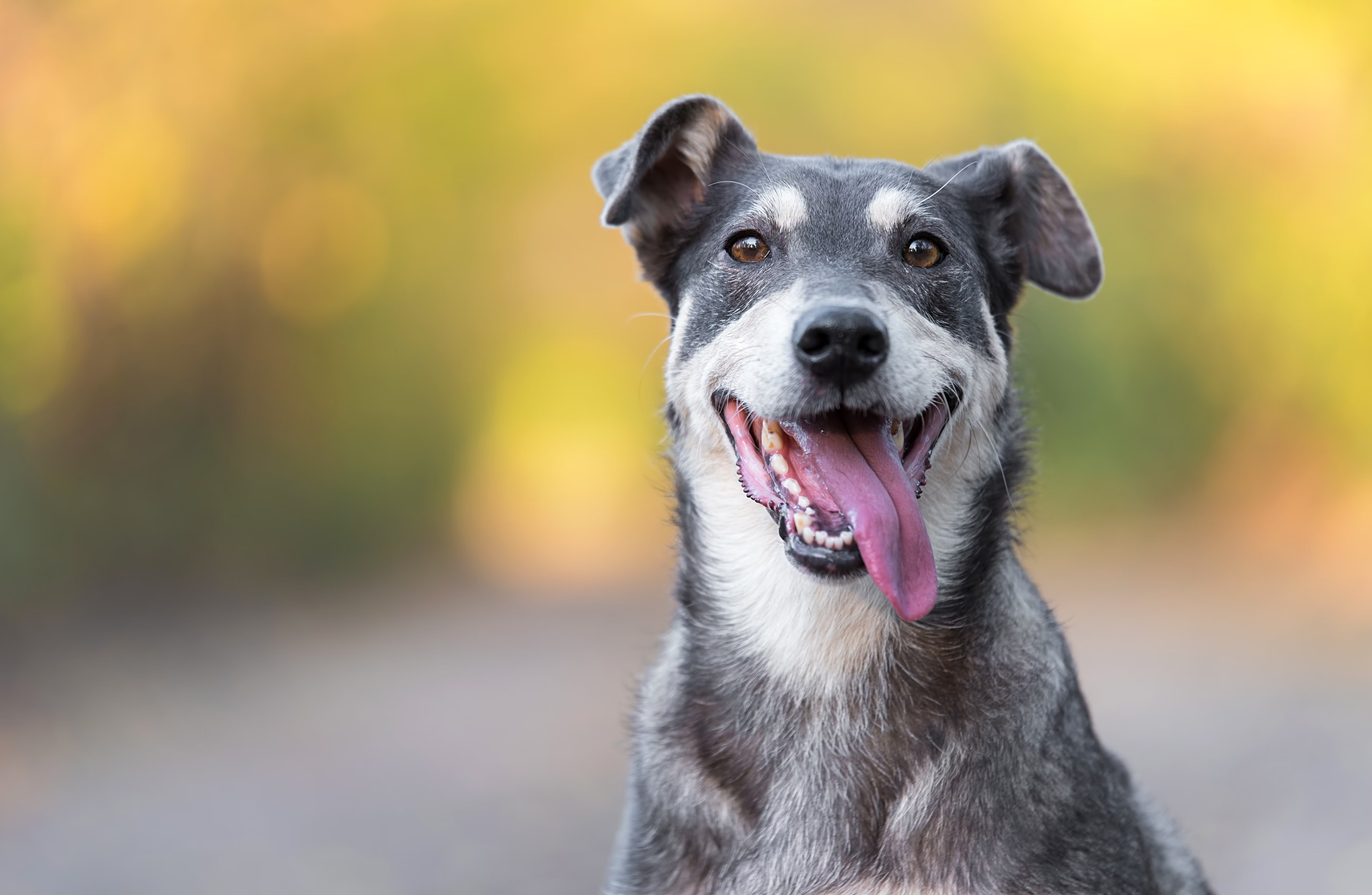
Single-Nucleotide-Polymorphism-Based Association Mapping of Dog Stereotypes
Find the best DNA test for your pet.
When it comes to the health and happiness of your pet, there’s always more to know. So we have four different tests to help you discover the answers you need to understand your pet— whether you’re excited to learn more about their breed mix or you want to go full crazy pet parents and run hundreds of tests to know all the details. (Yes, we’re the latter.)
